Detroit is the largest city in Michigan state. In the 20th century, Detroit boomed with an industrial powerhouse and automobile industry. Its population grew immensely, and in 1910 it became the 9th largest city in the United States. The “Great Migration brought large numbers of black Southerners into Detroit. The black population multiplied from 5700 in 1910 to 40,800 in the 1920s. Some other industries, including metal crafts, railcars, stove works, paints, iron, brass, and copper, progressed by leaps and bounds. Henry Ford built an assembly line at his Highland Park Plant in 1910. Later that decade, when World War I broke out, Detroiters fought valiantly.
Here below are some stunning historical photos that show Detroit city in the early 20th century from 1900 to 1910.


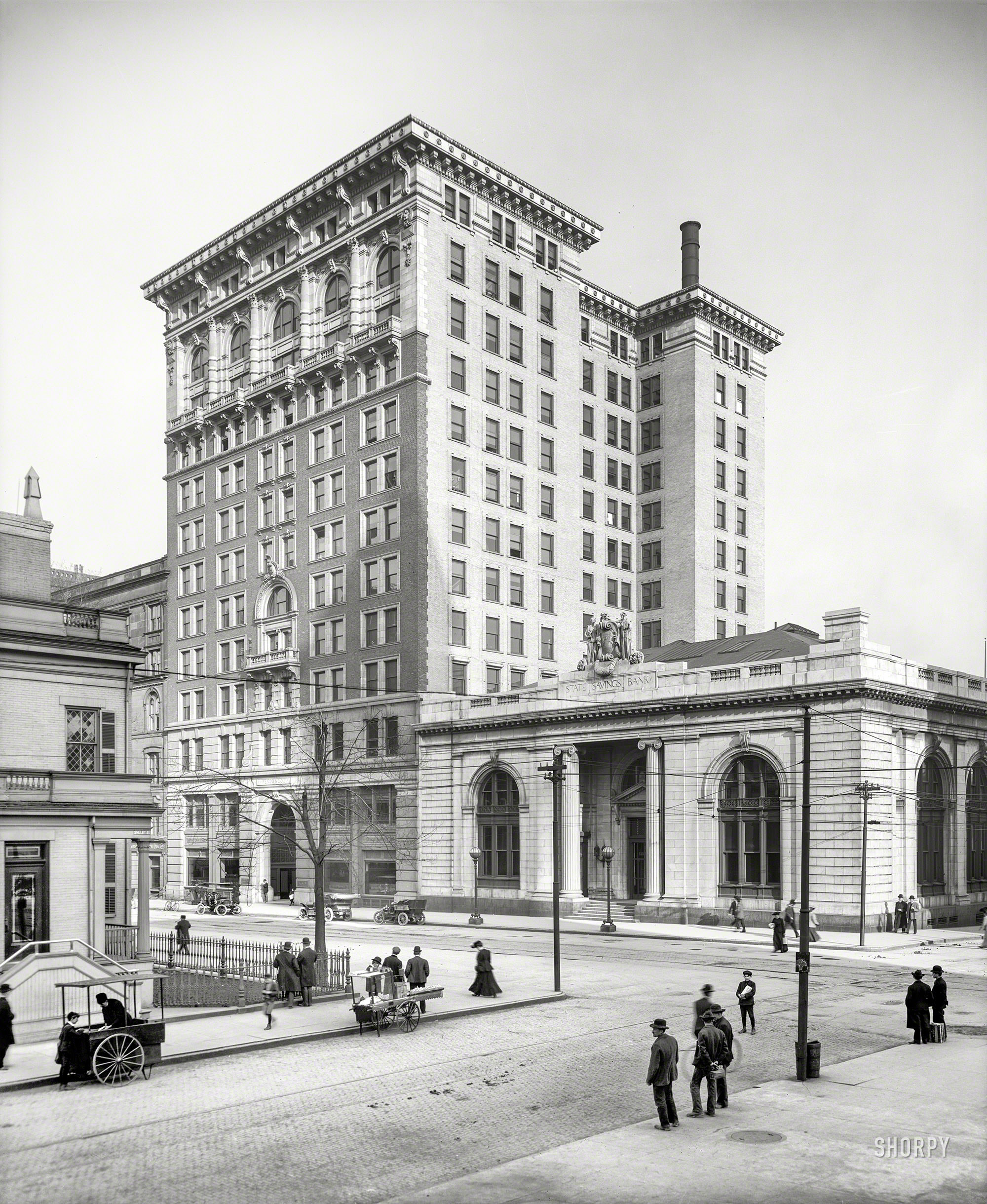
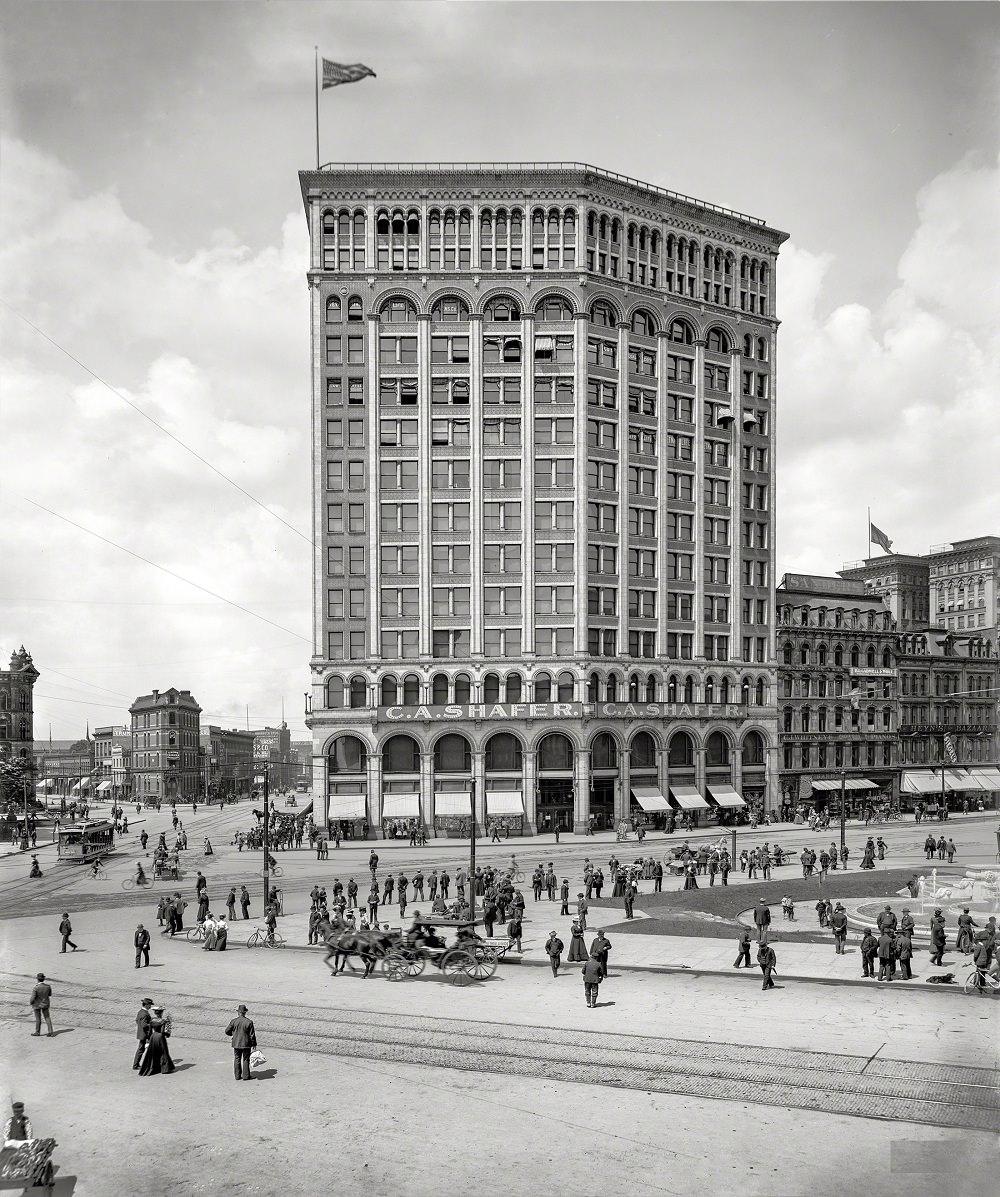
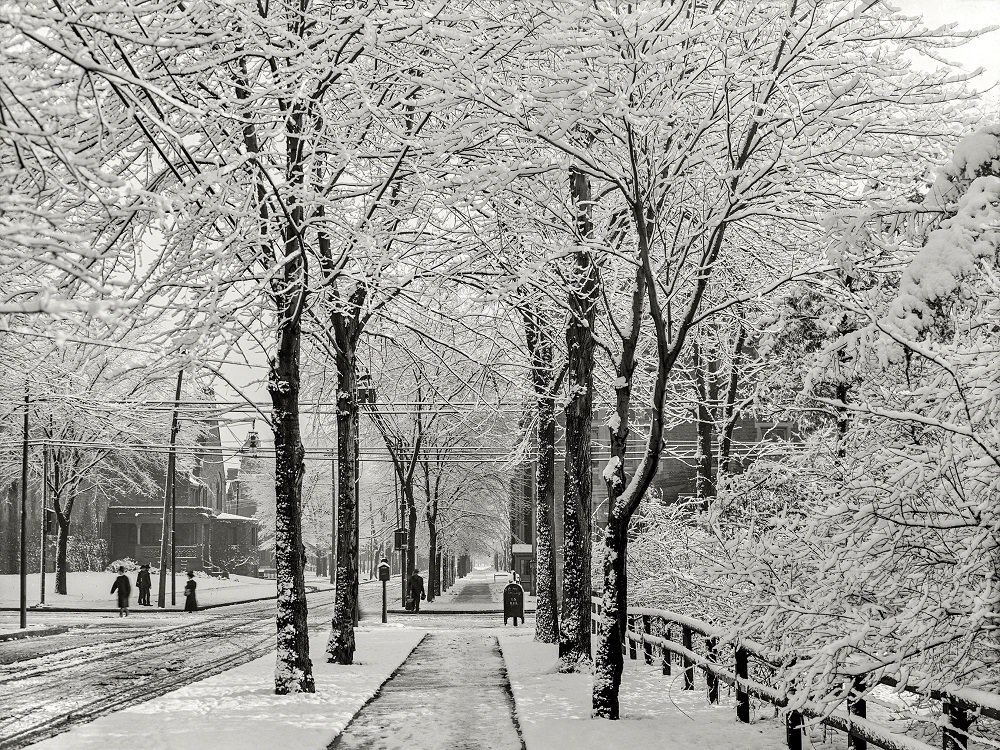
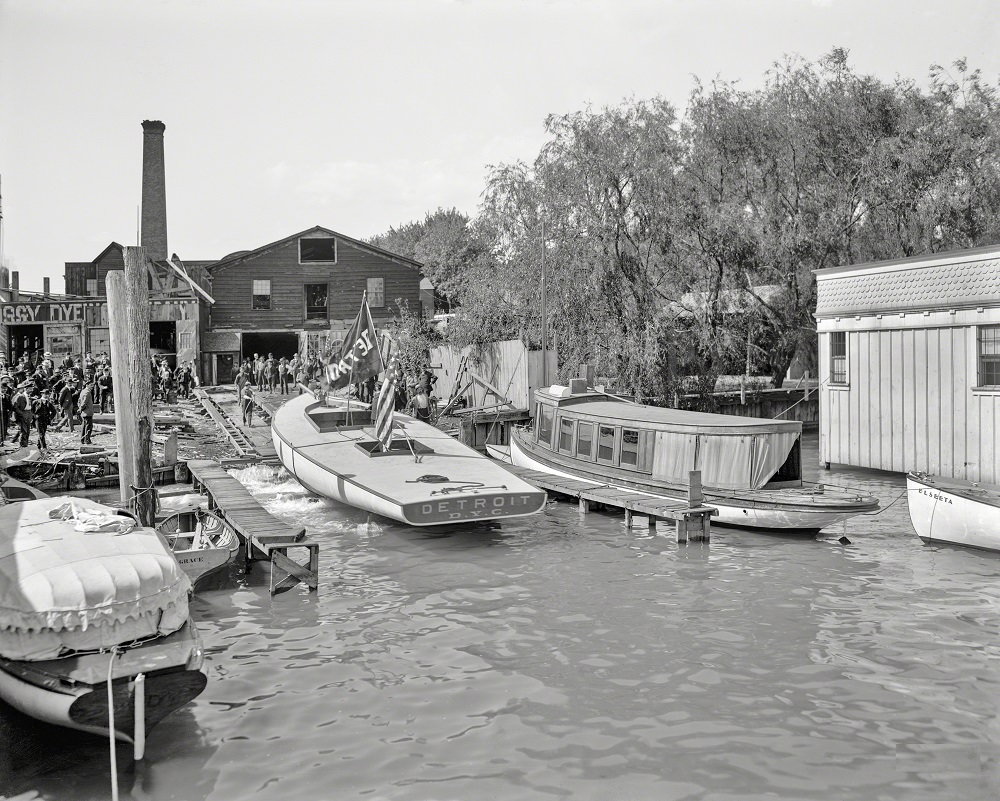
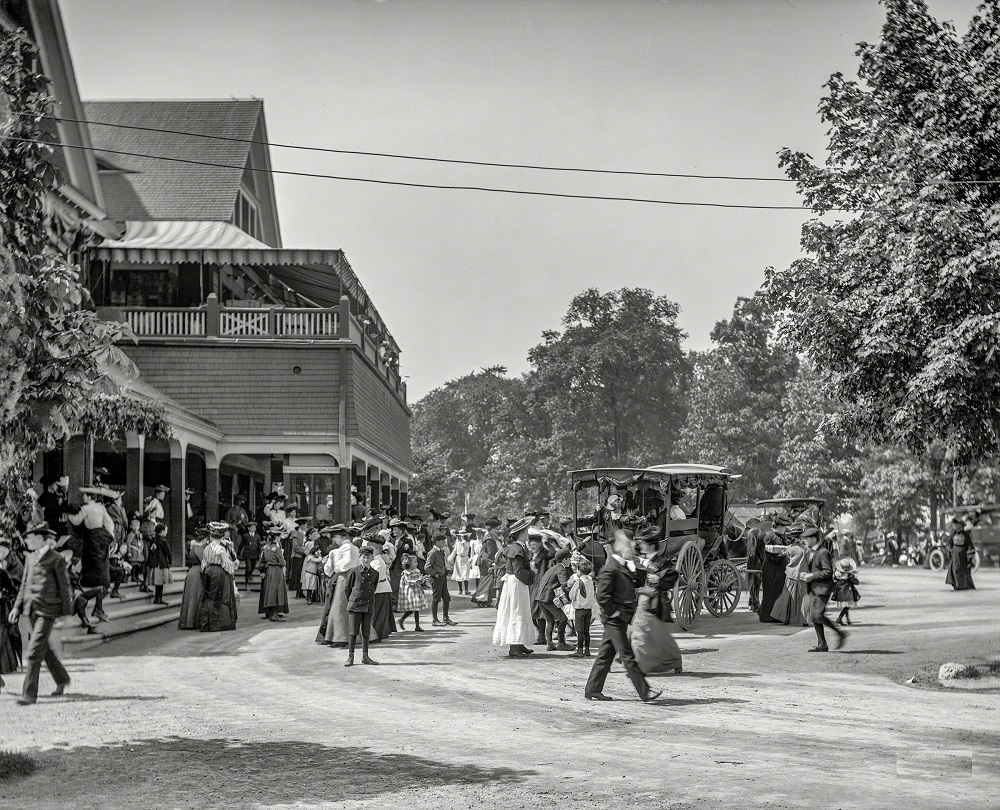
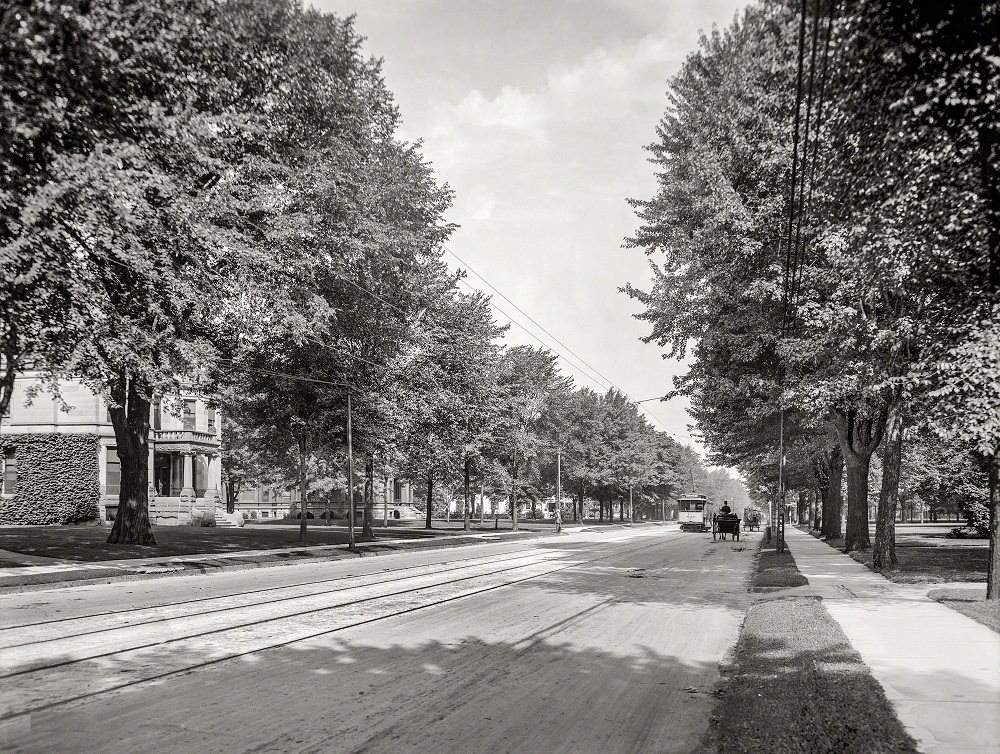
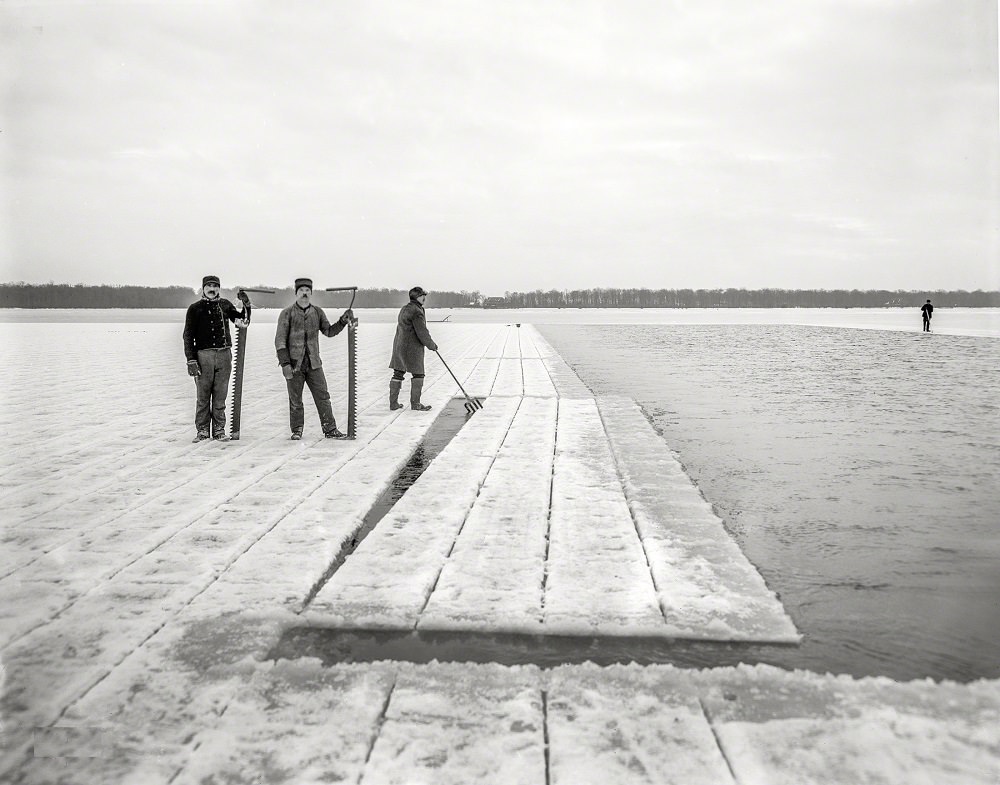
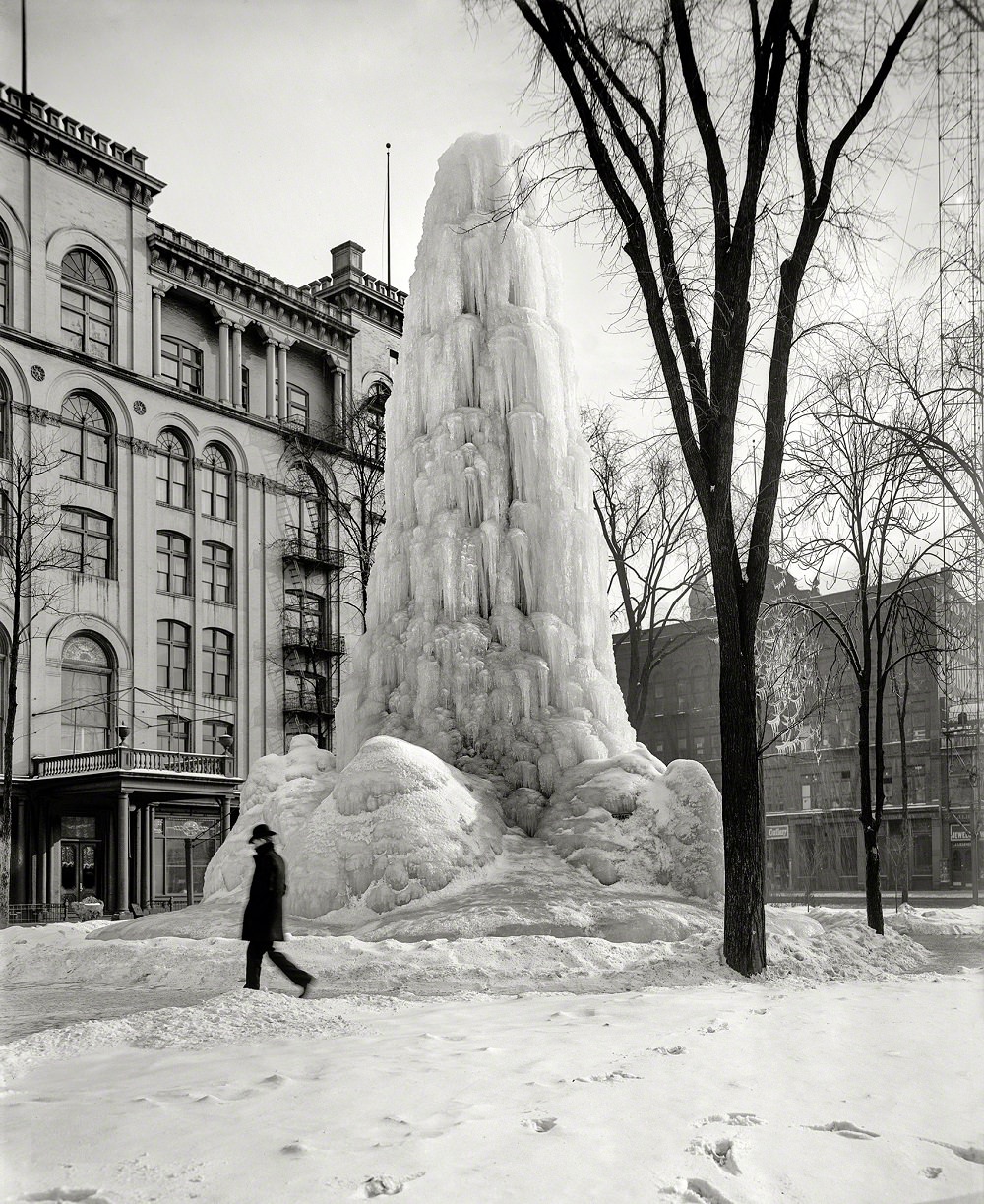
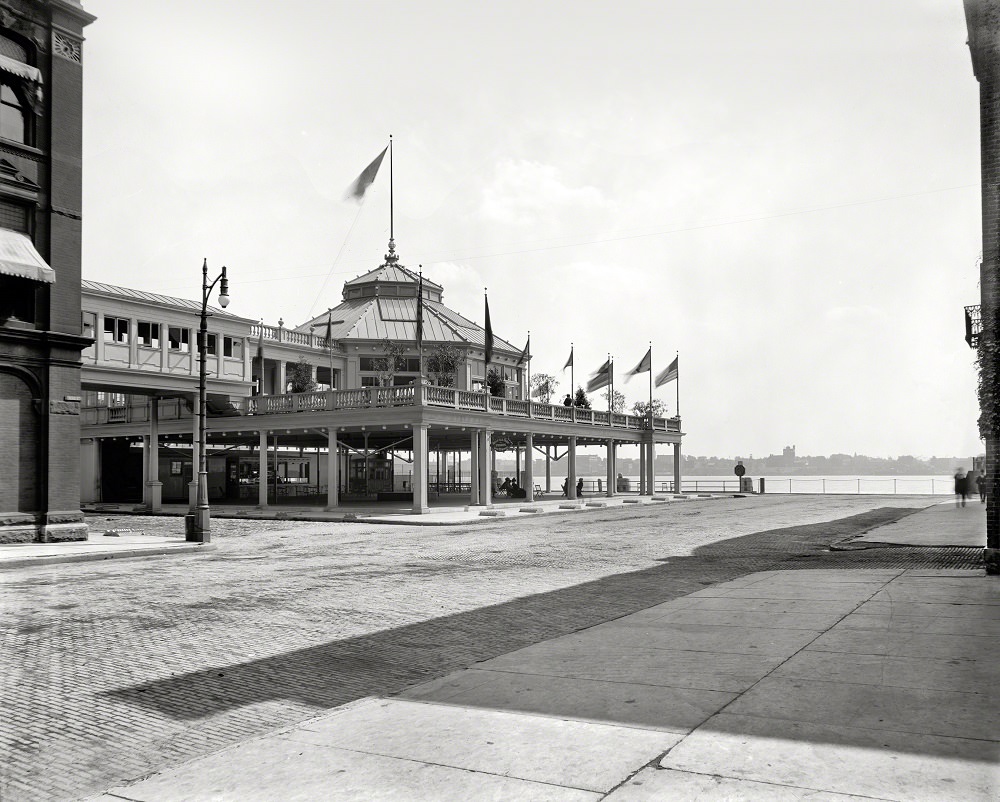
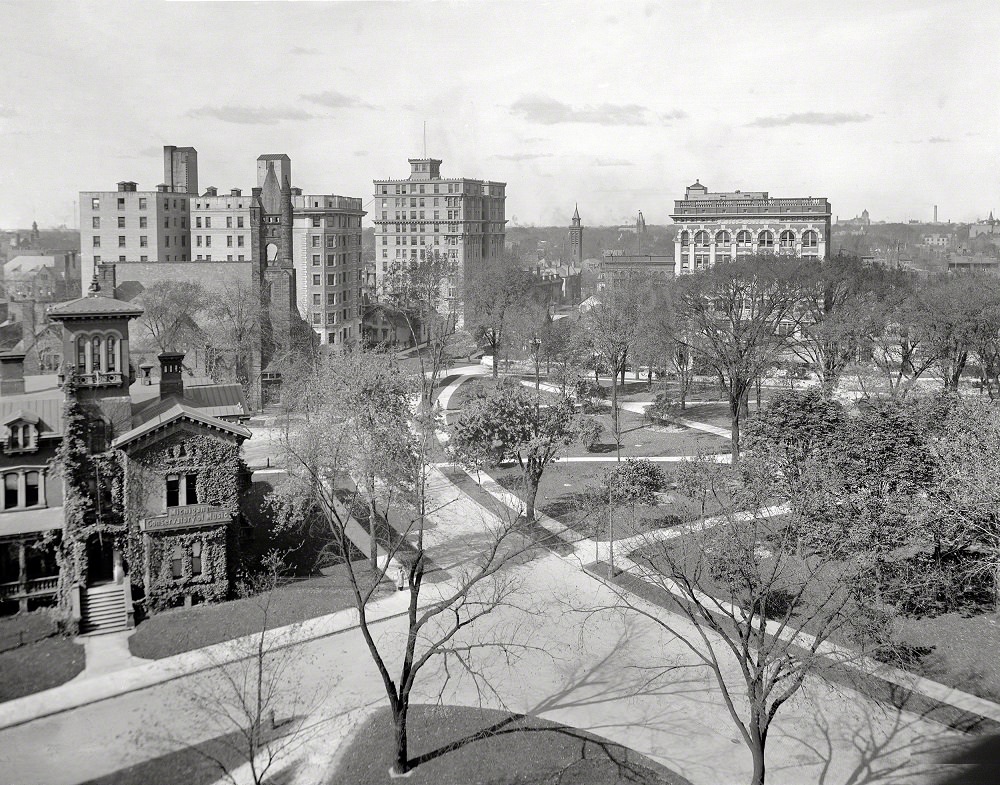
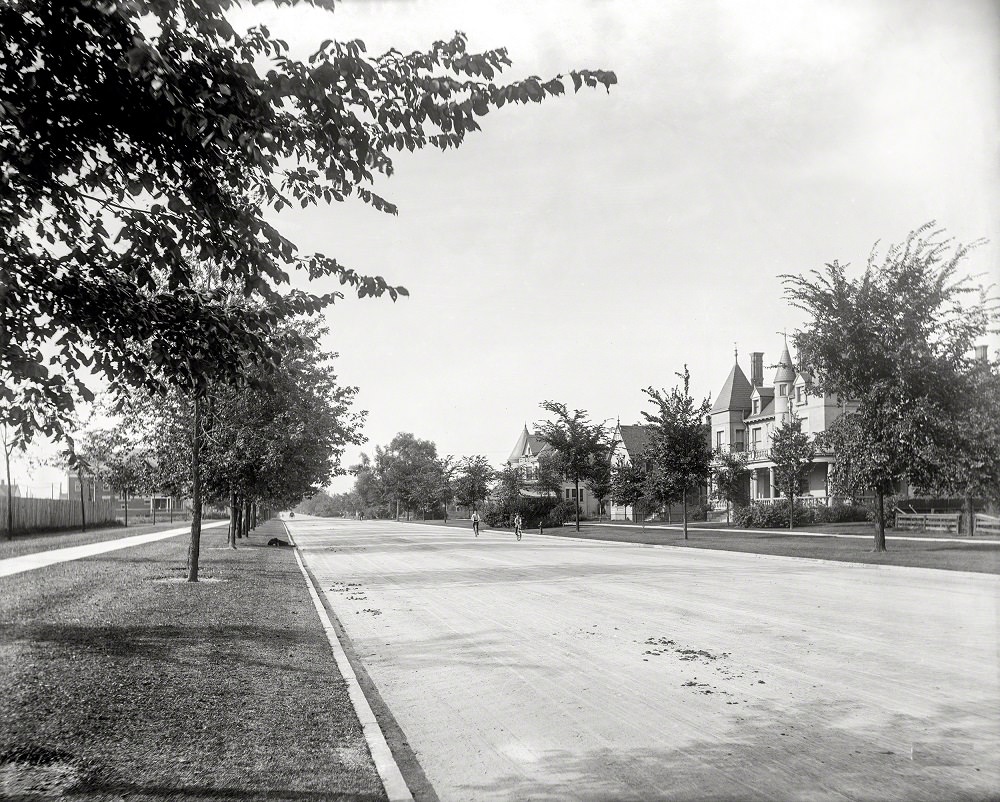
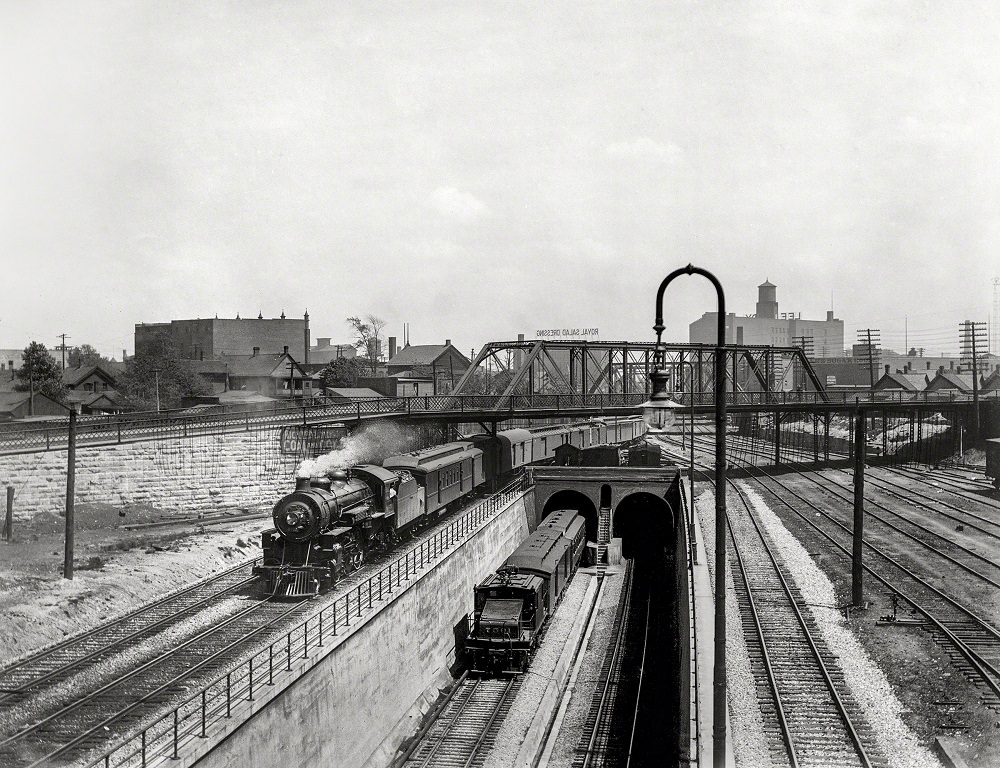
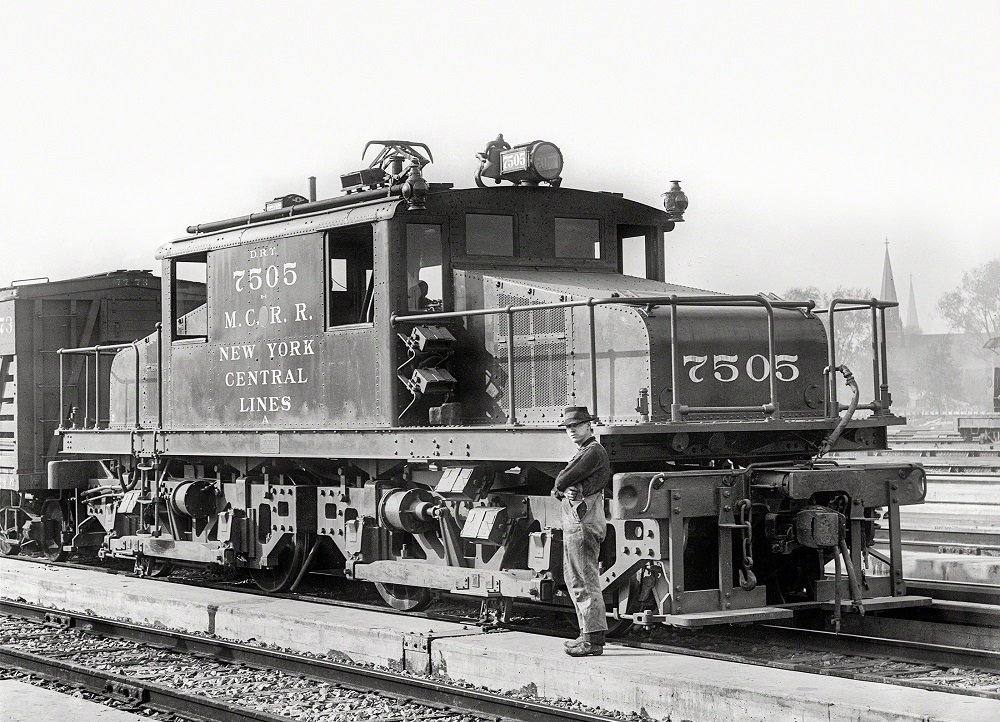
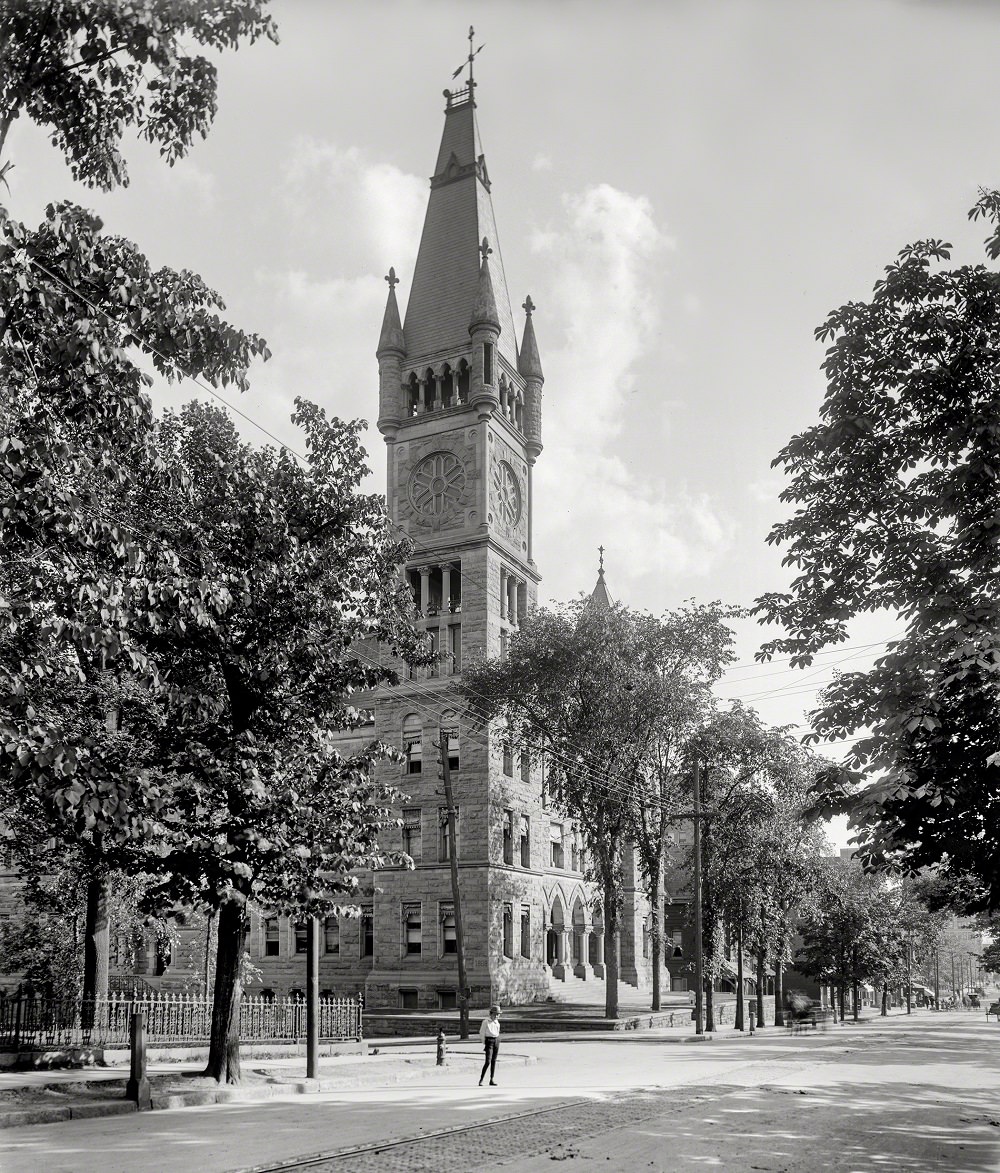
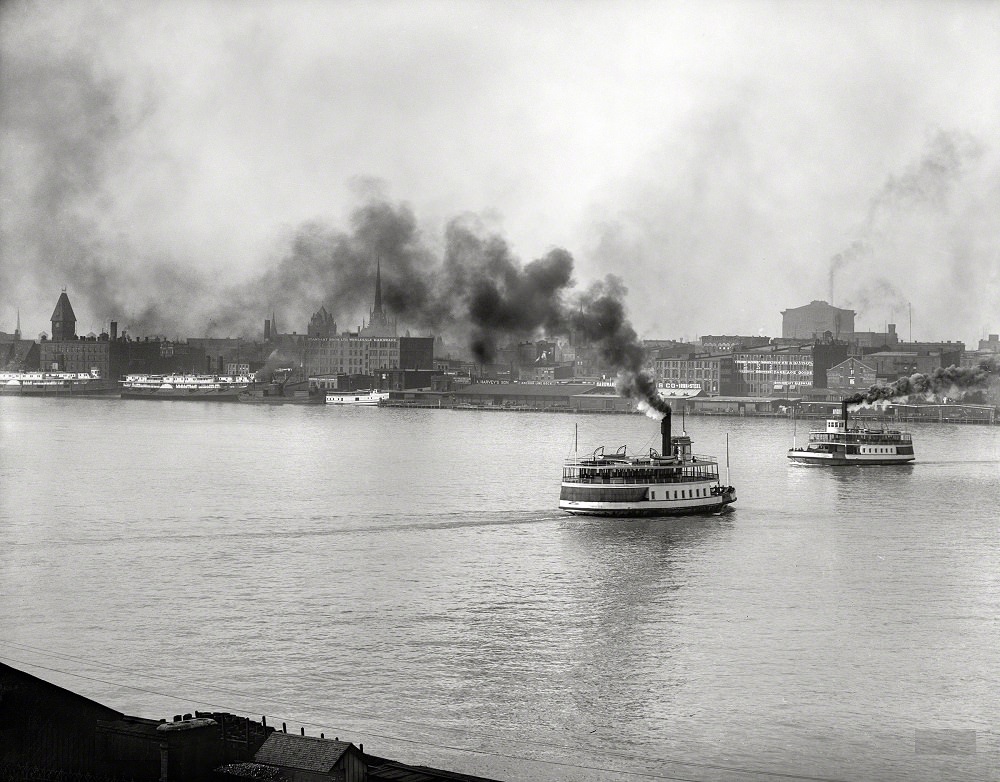
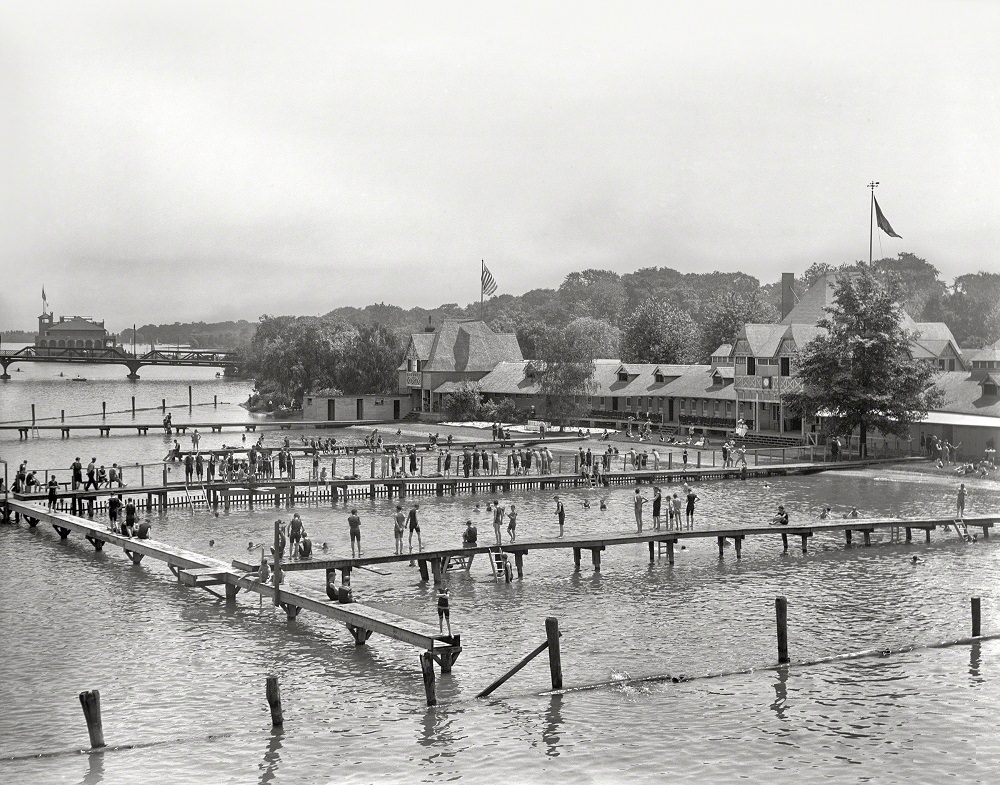
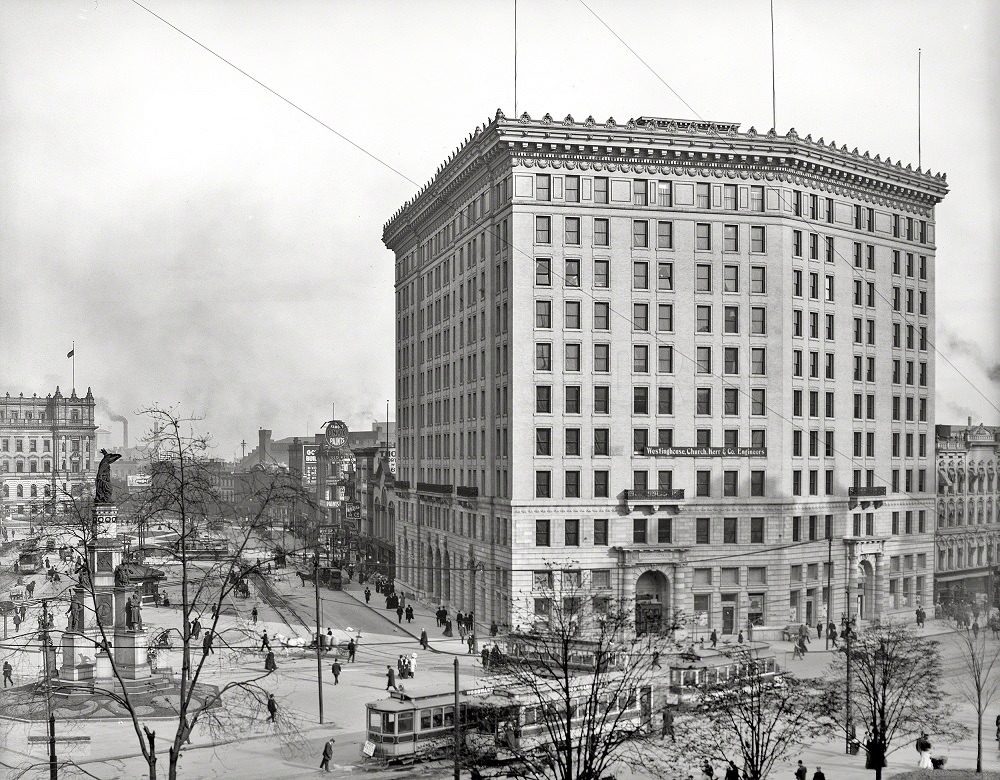
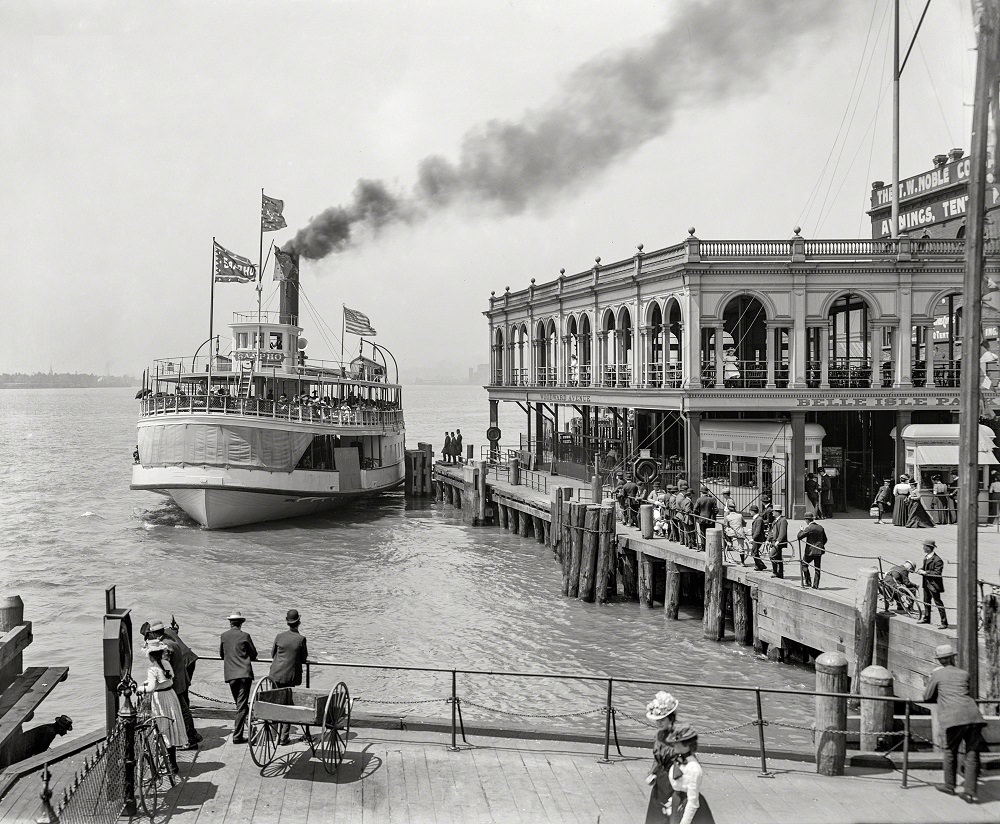
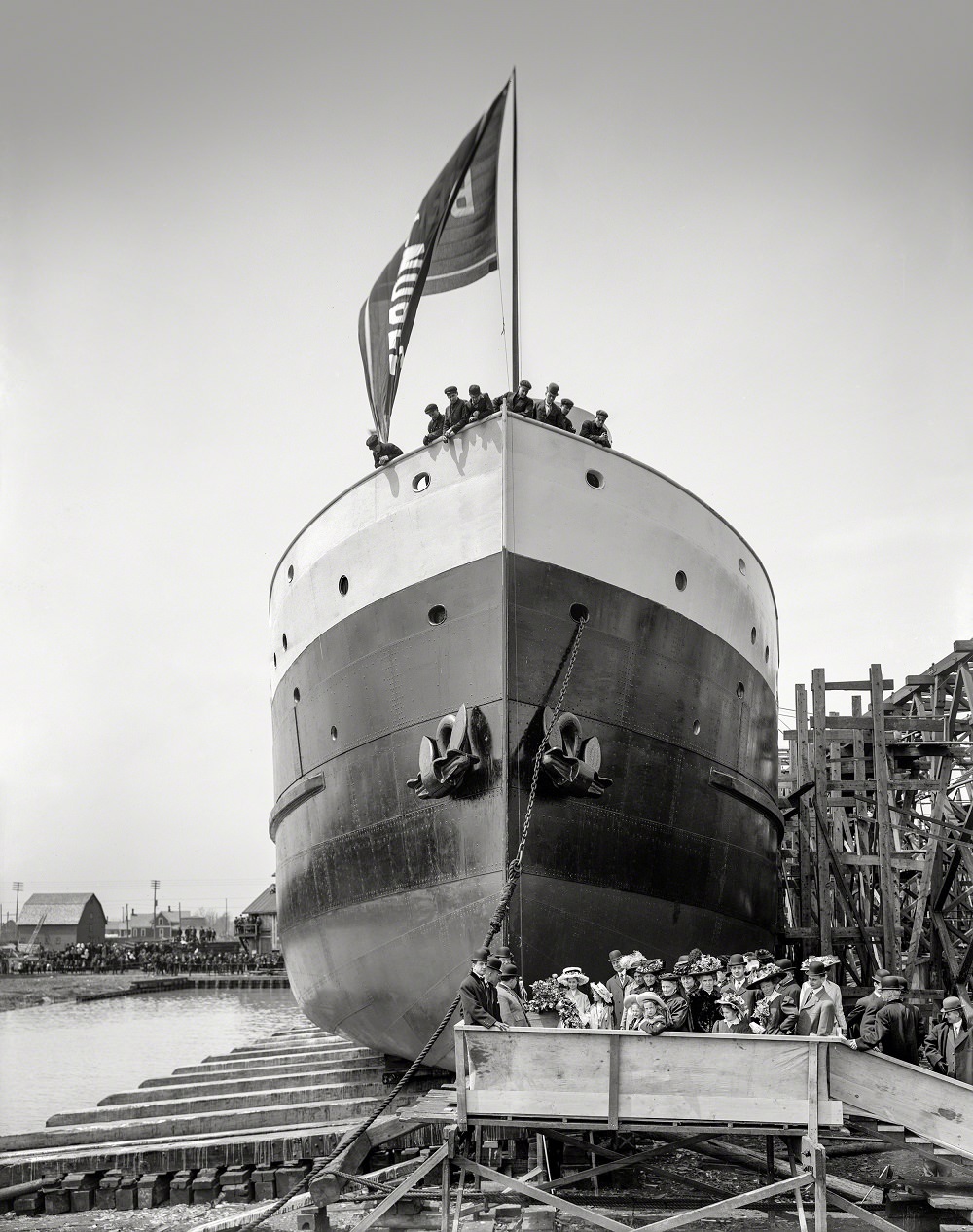
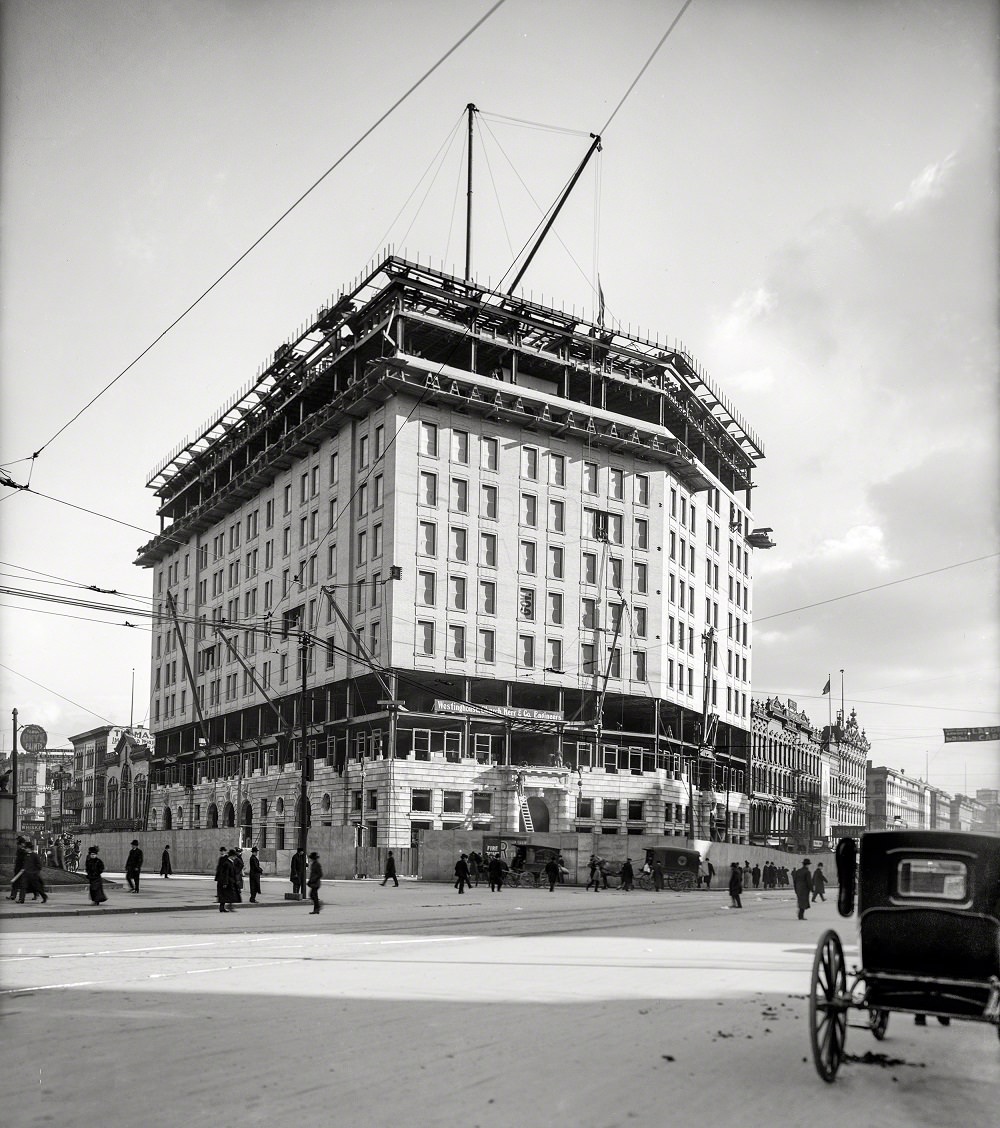
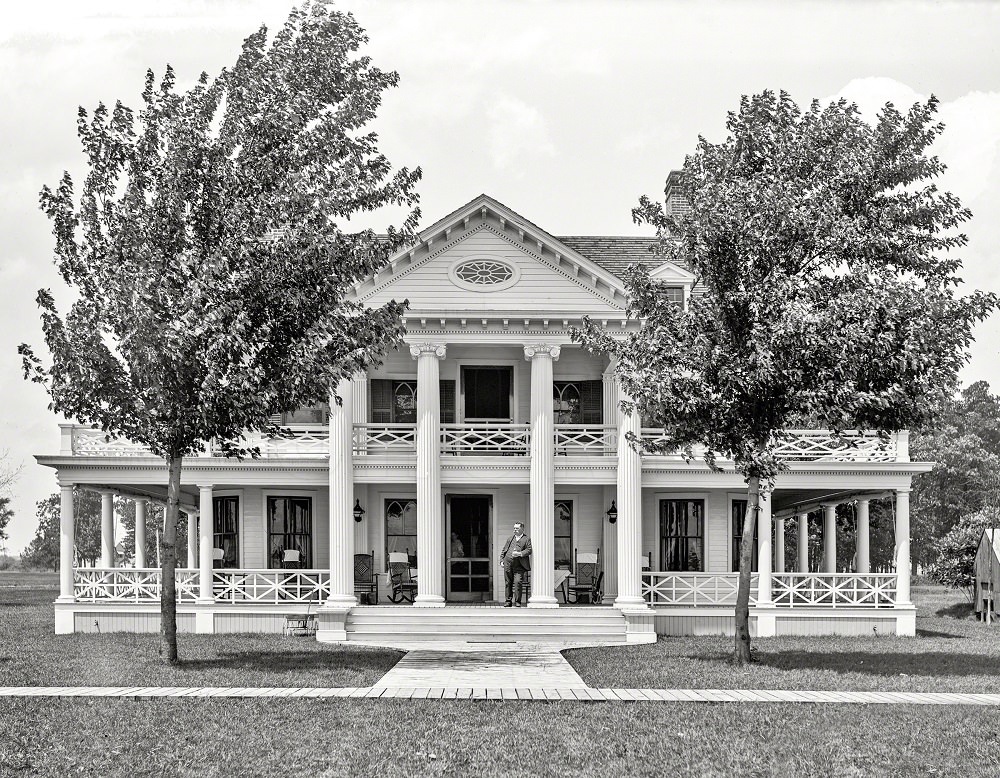
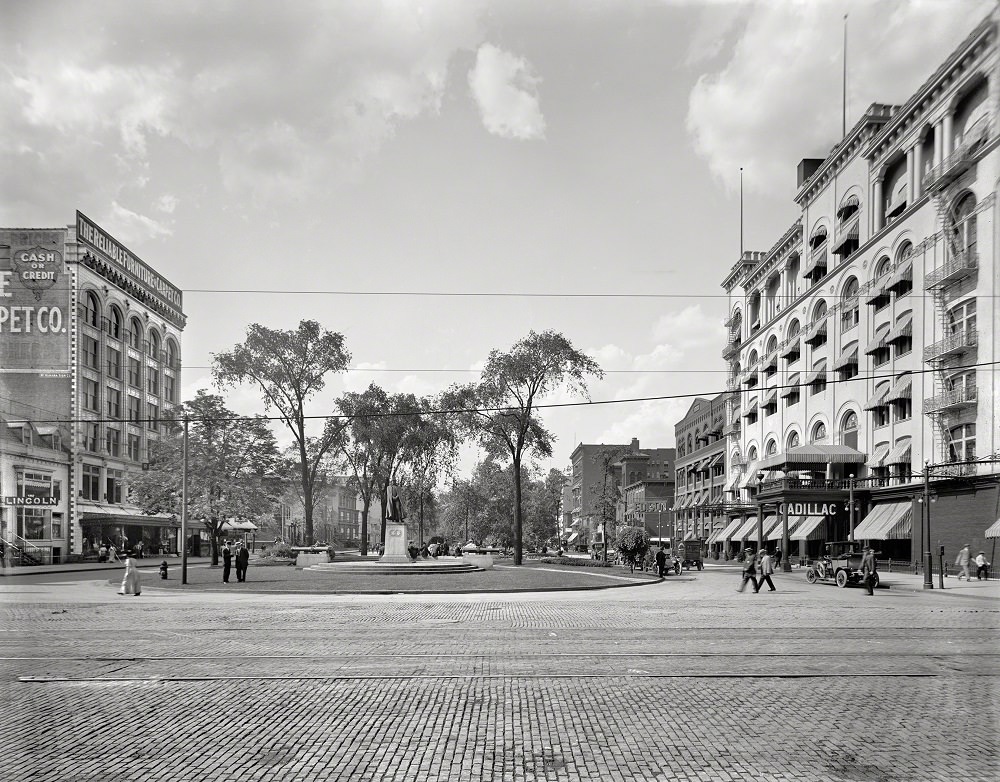
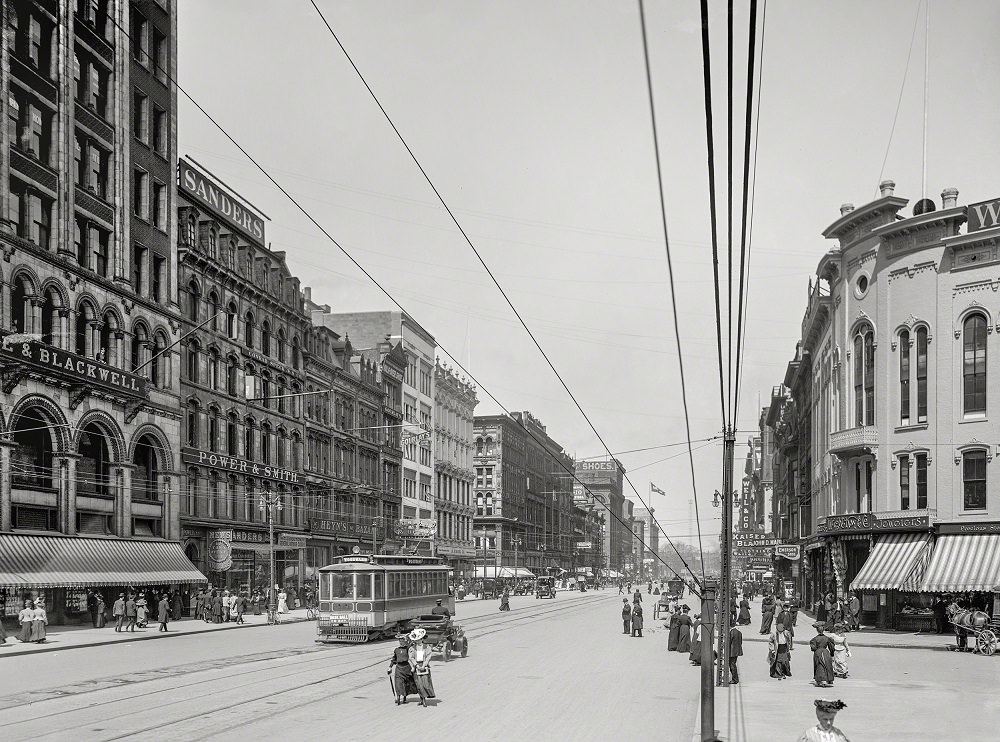
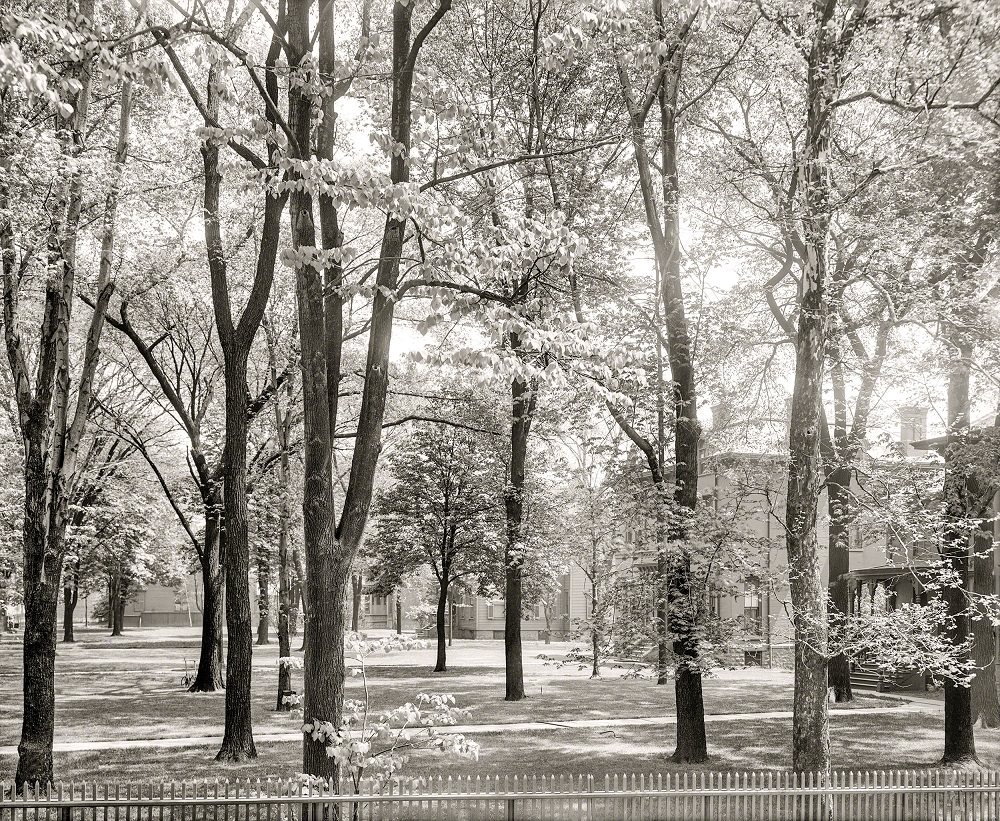
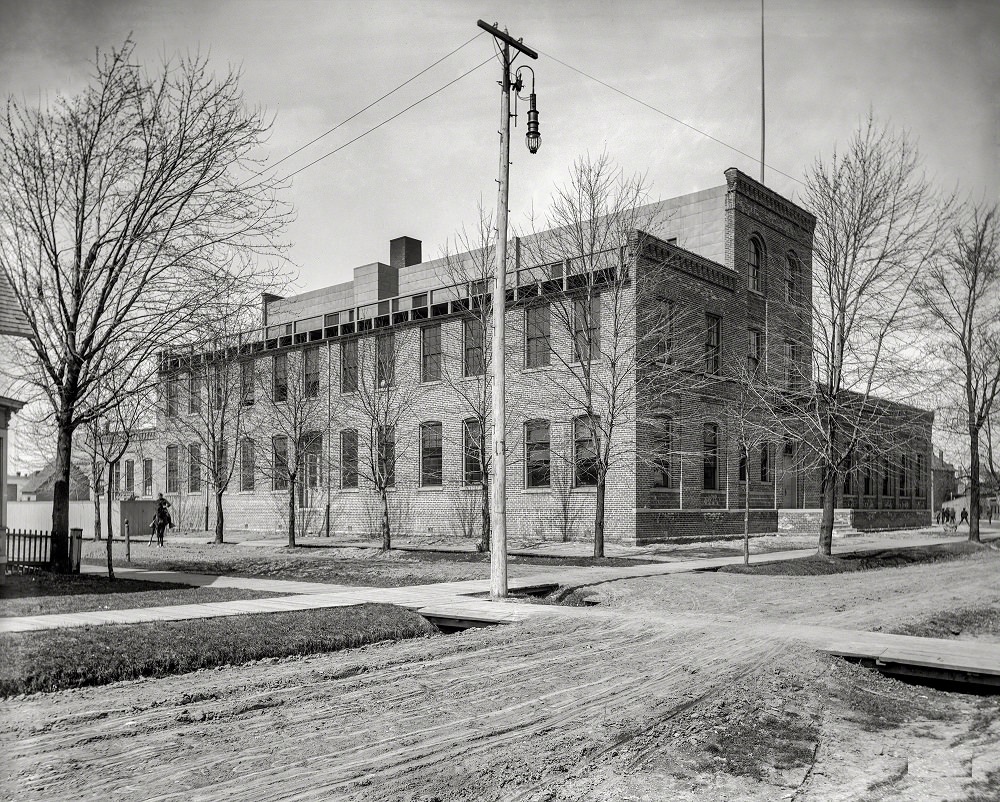
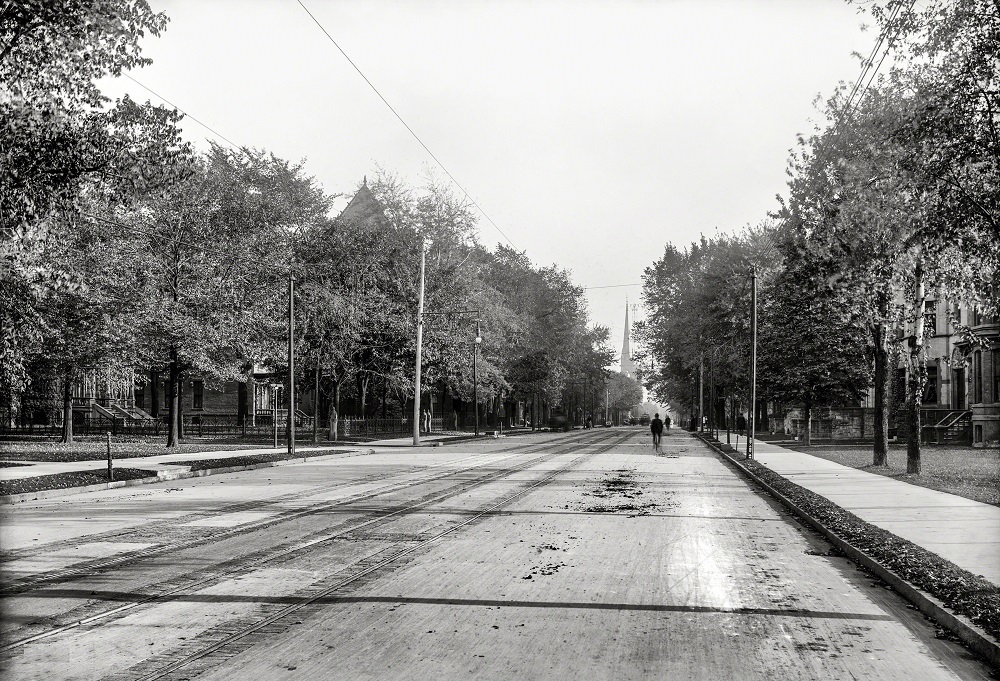
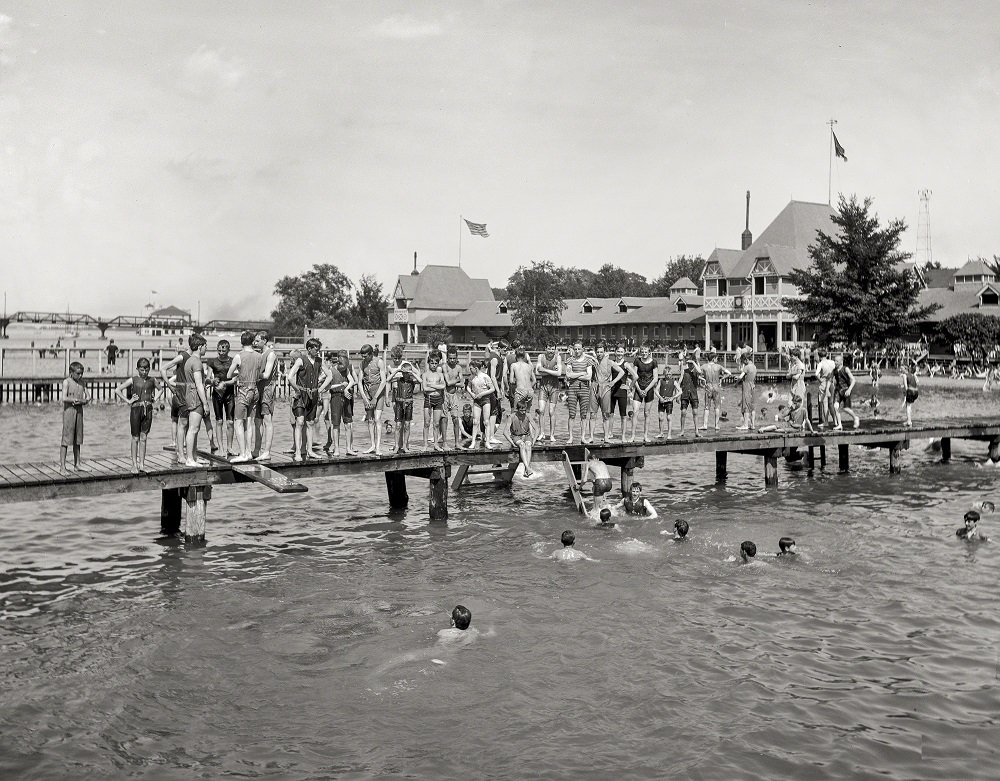
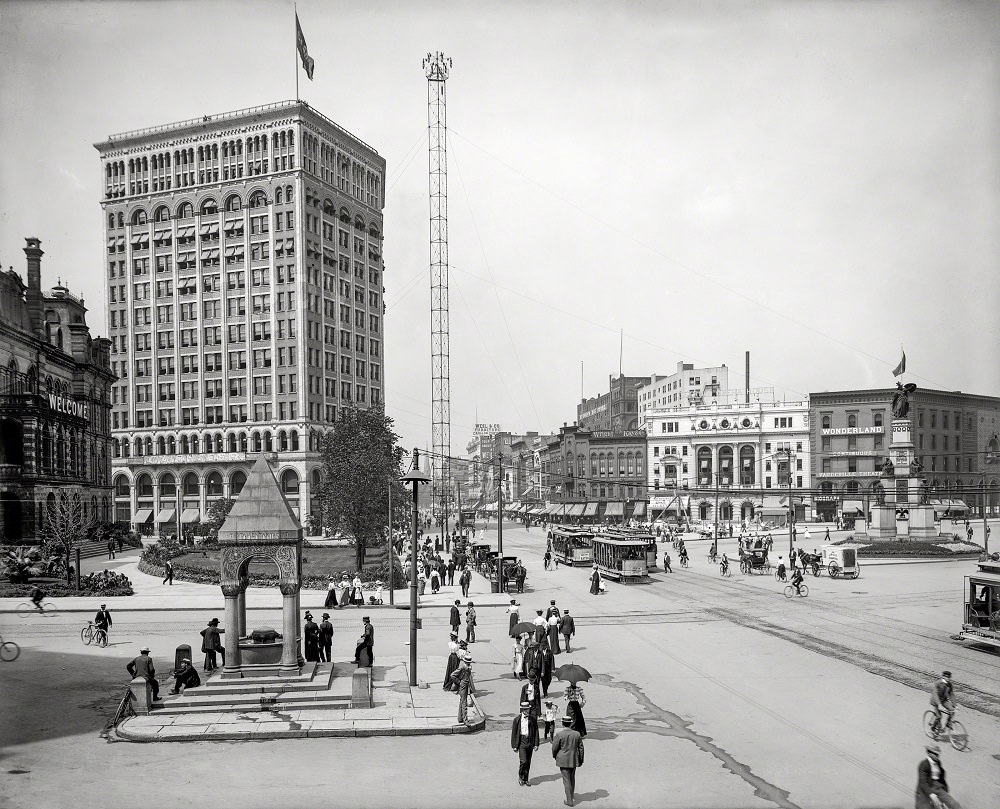
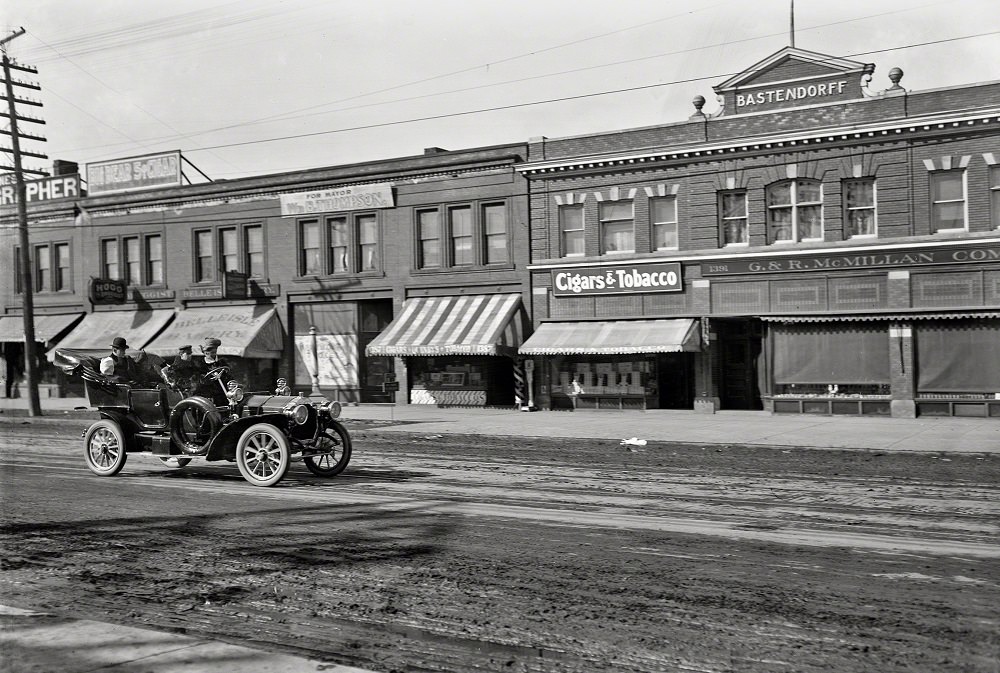
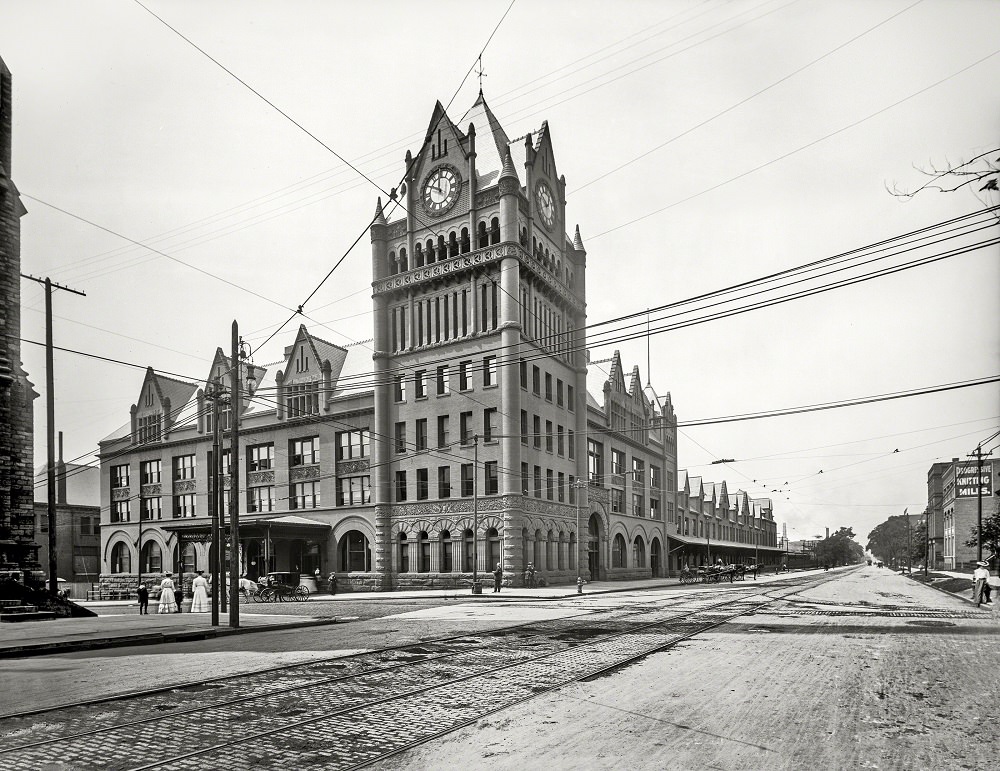

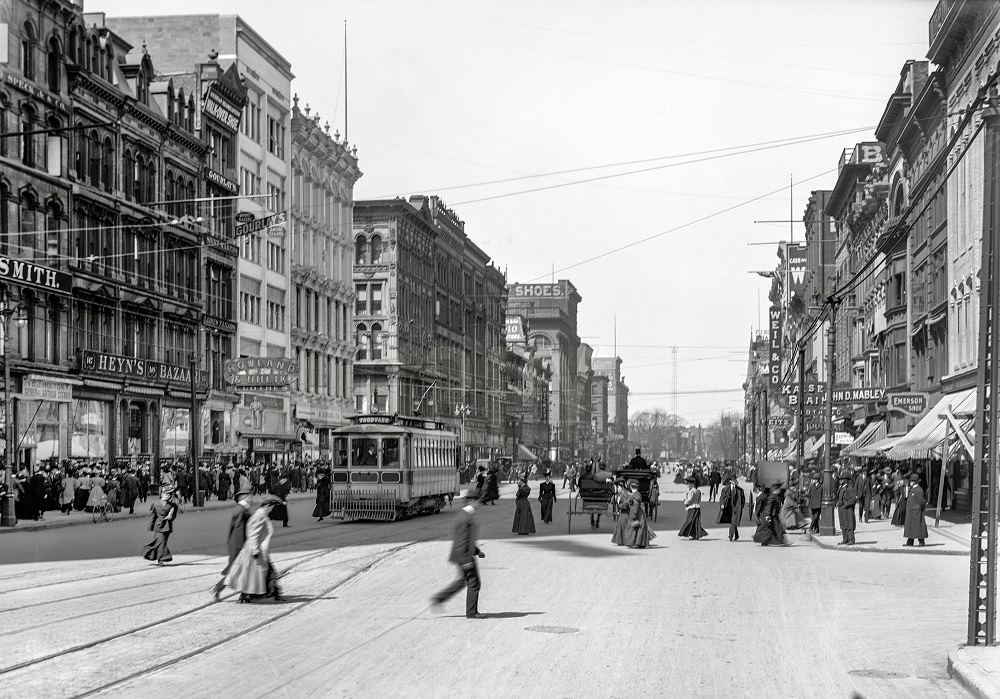
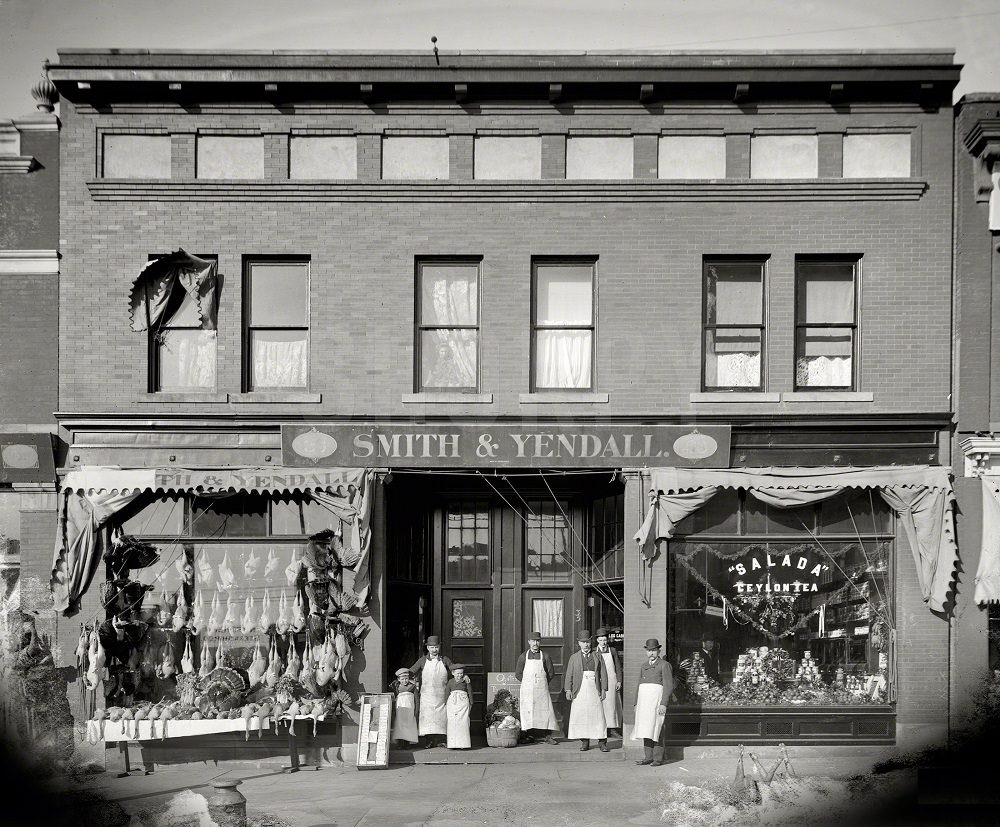
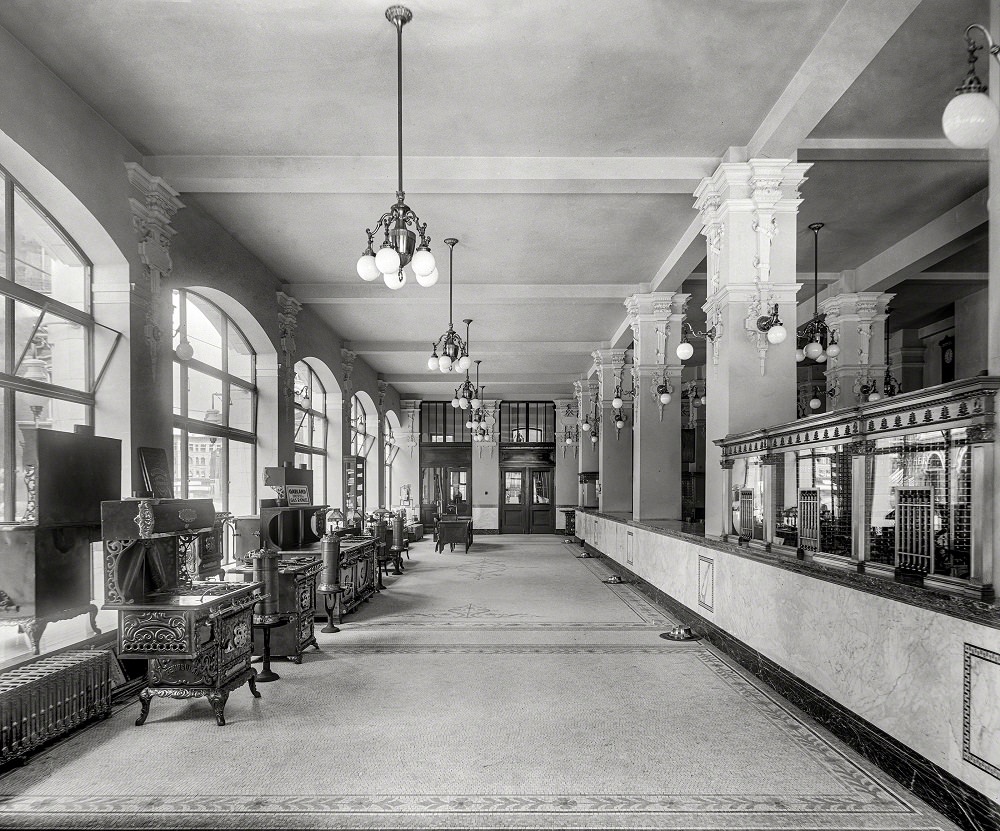
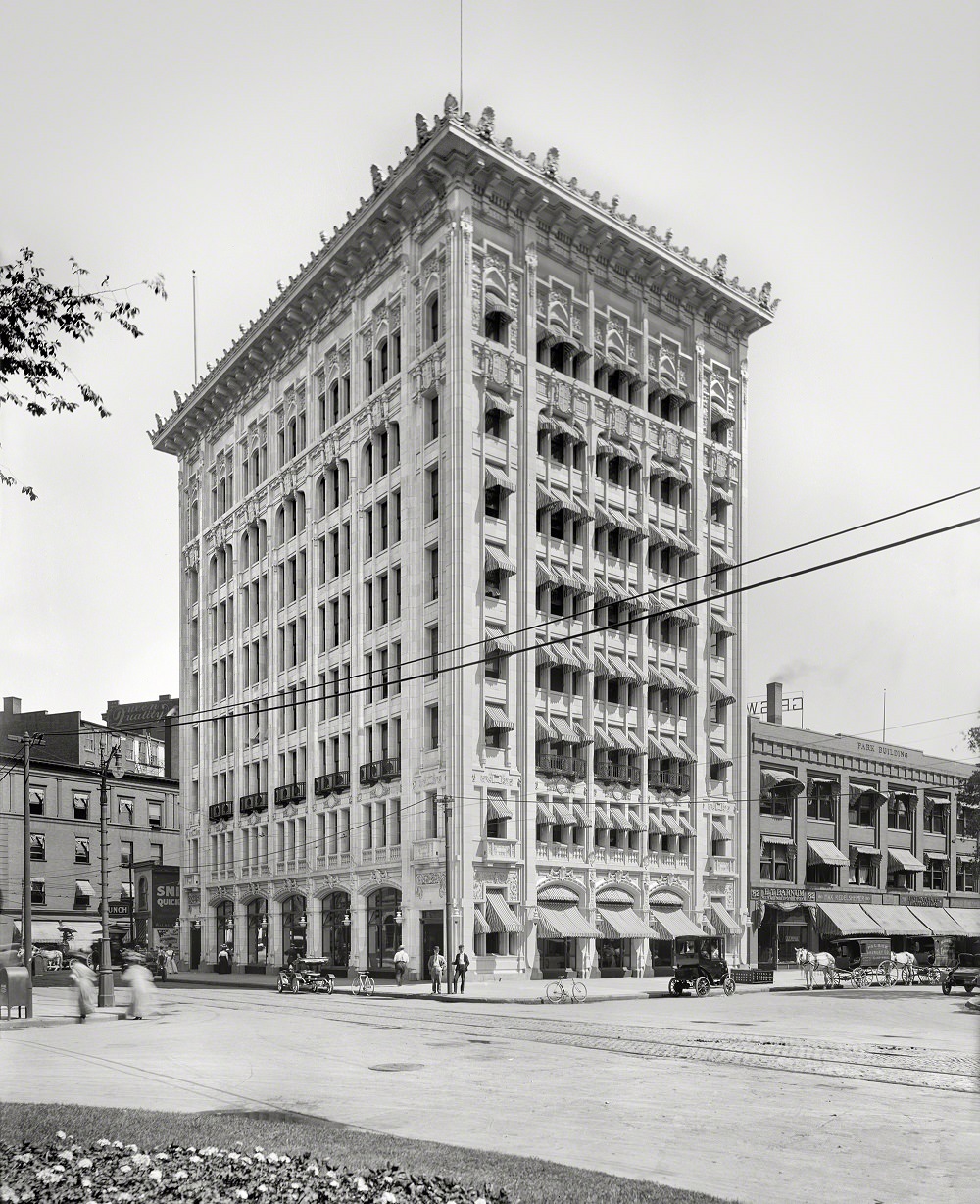
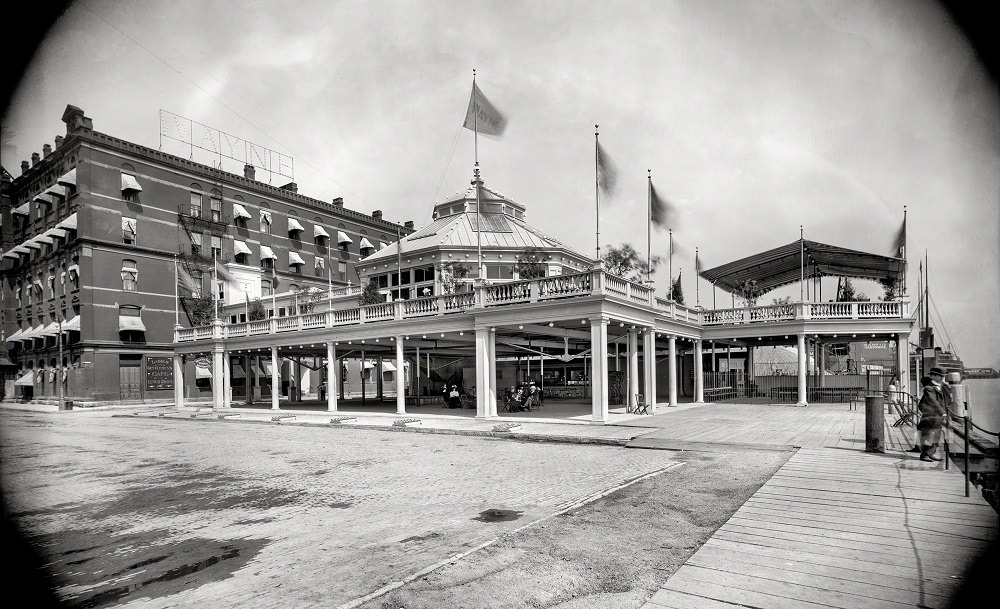
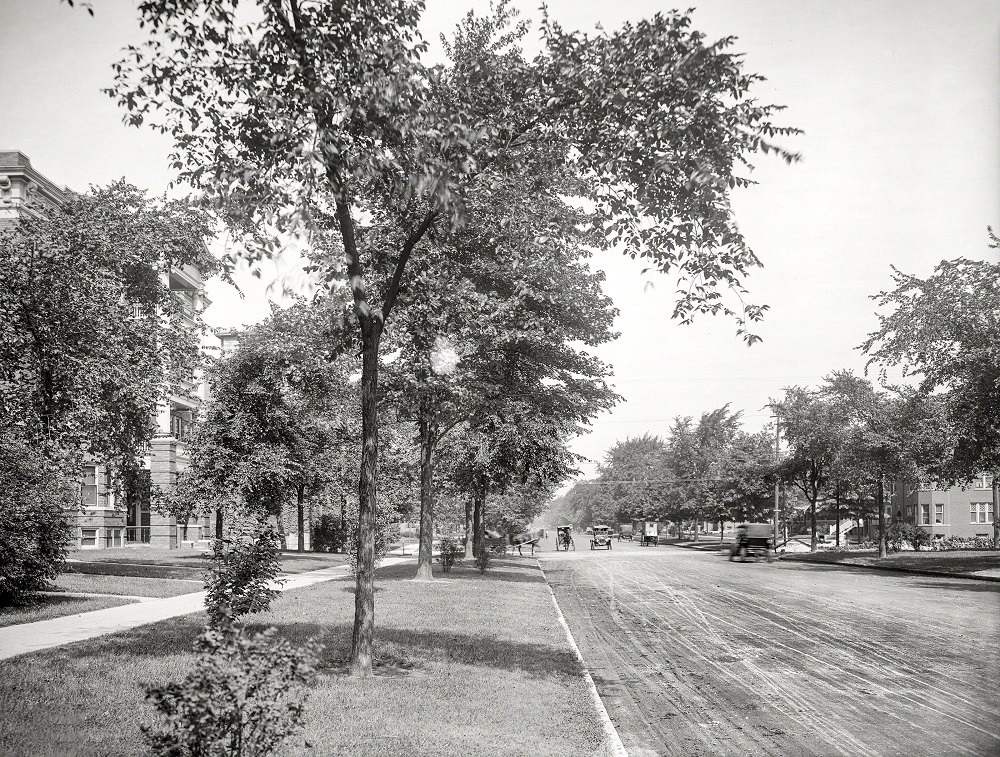
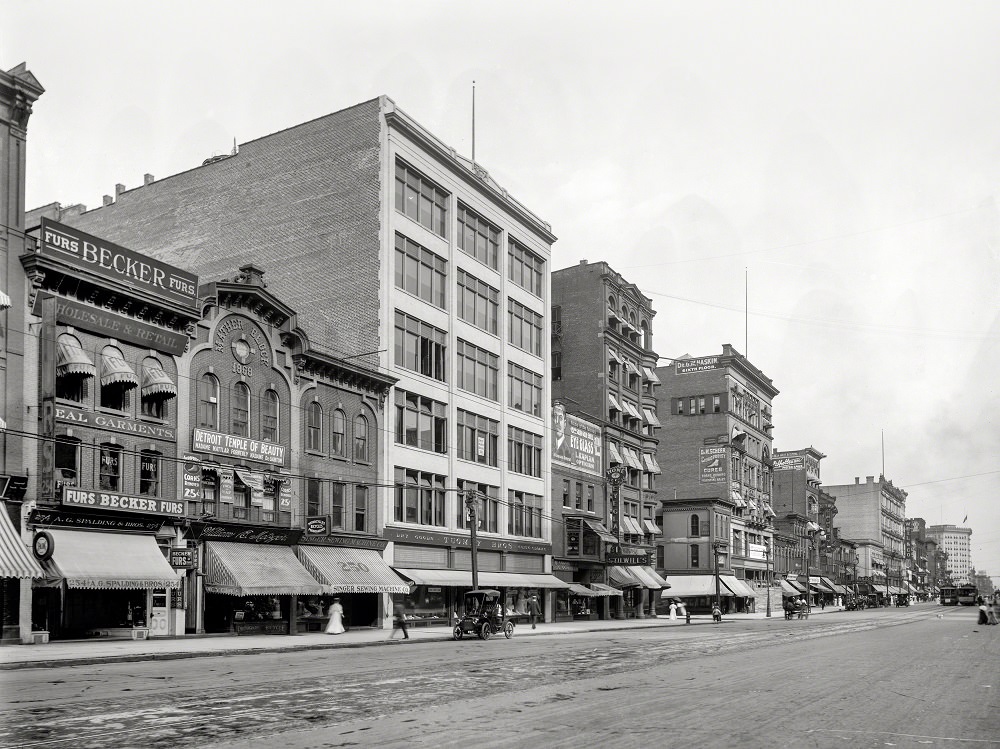

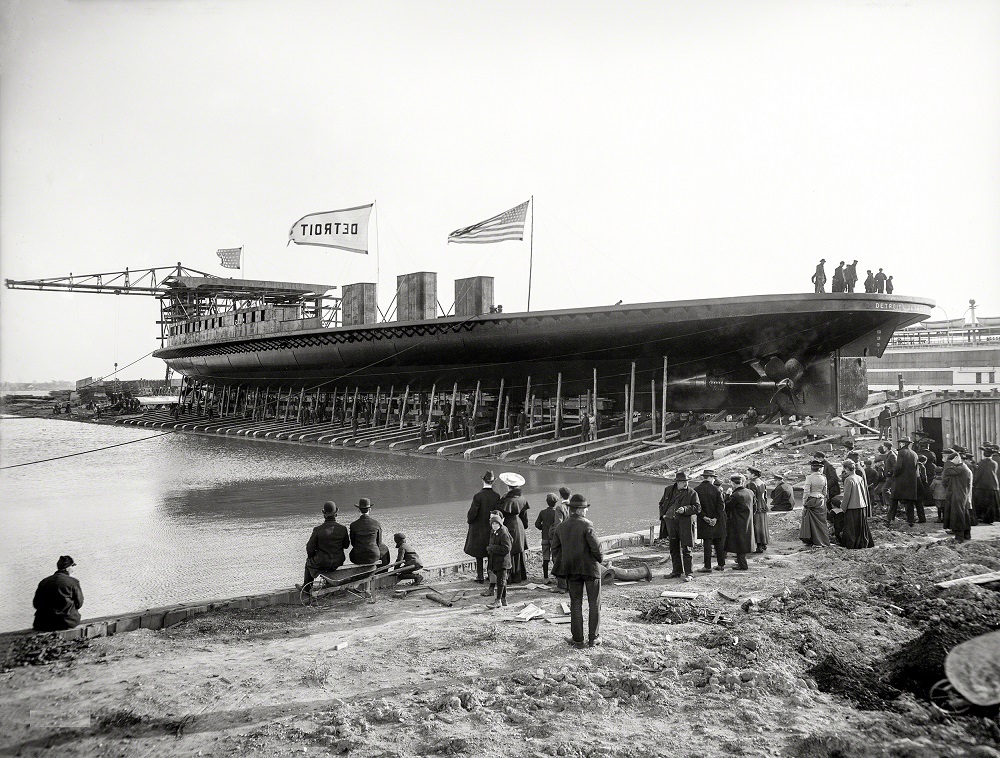
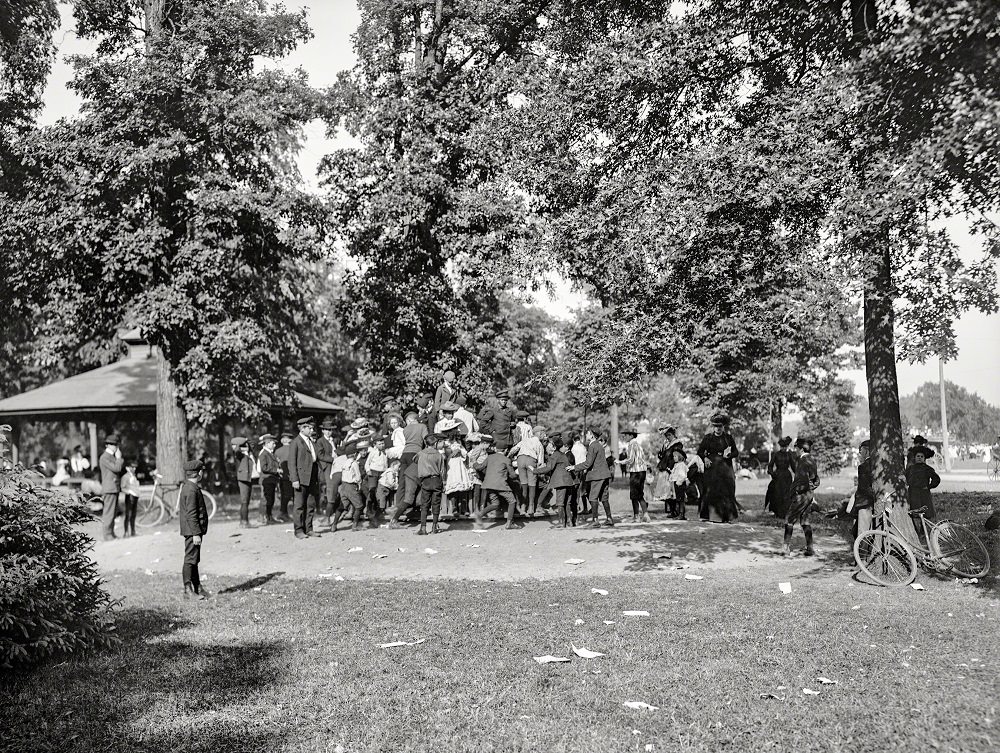
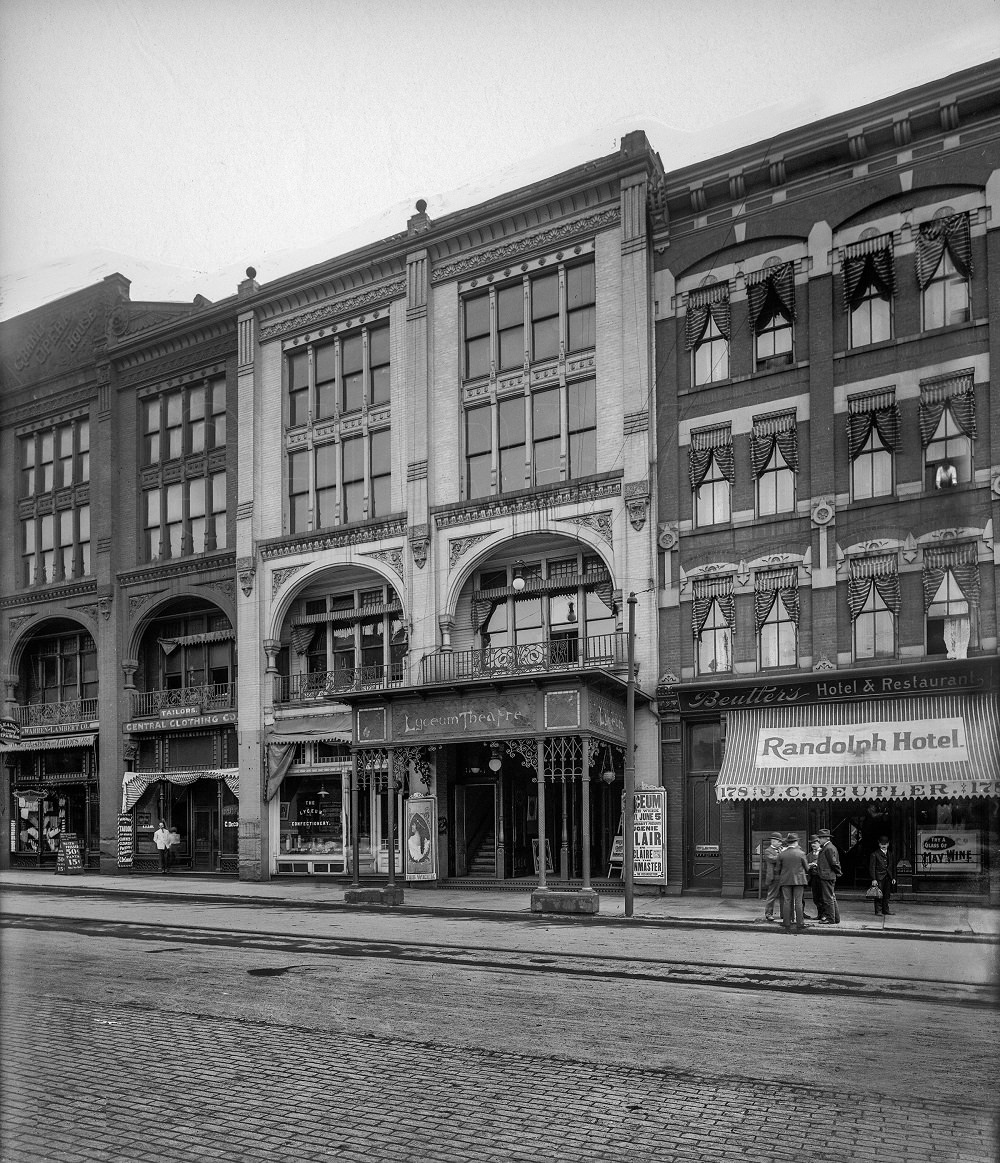
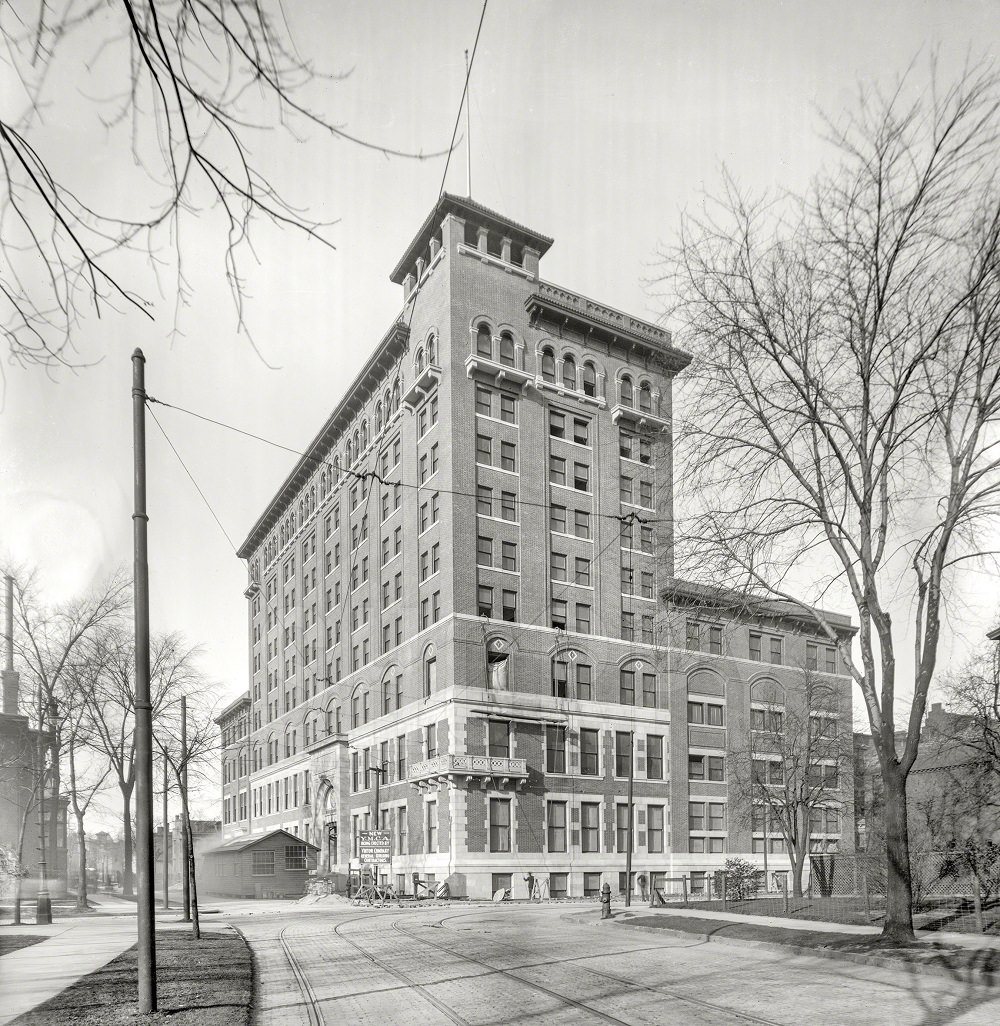
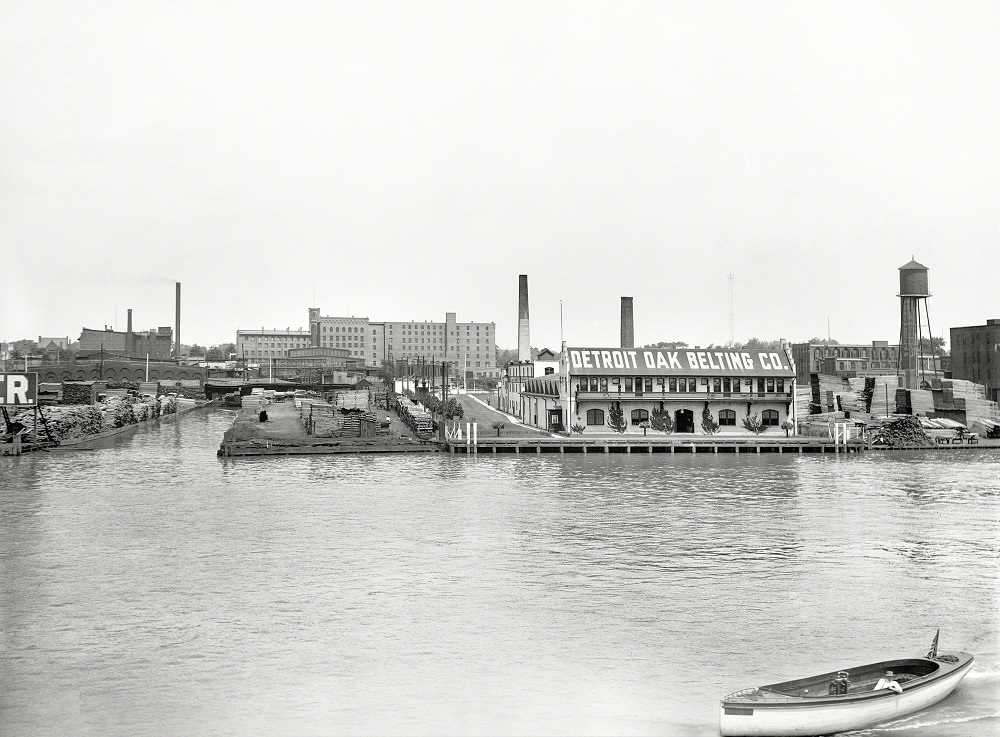
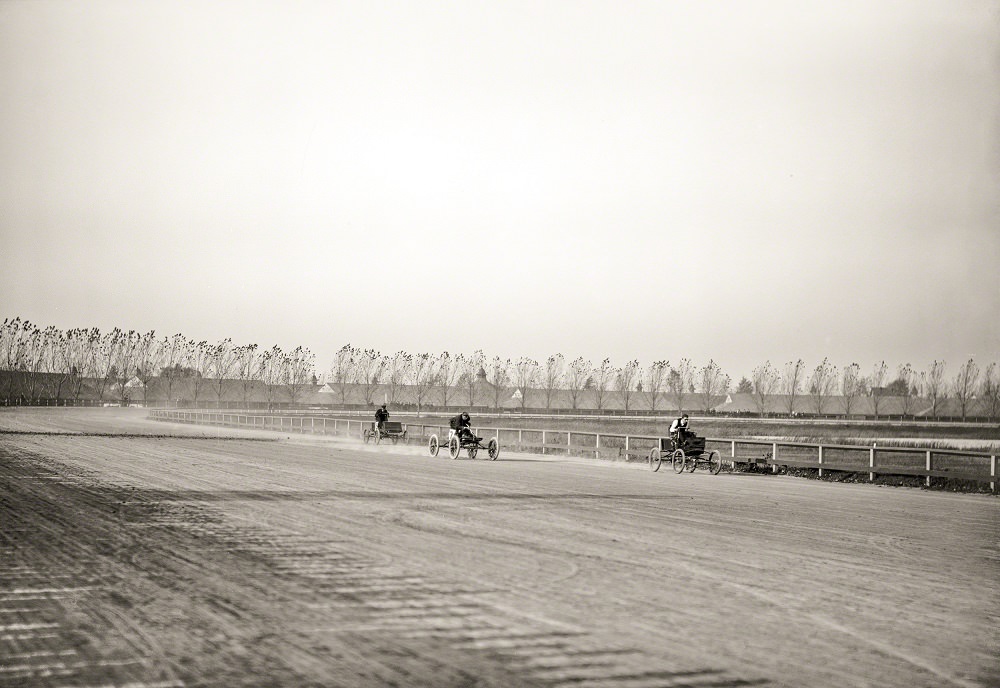
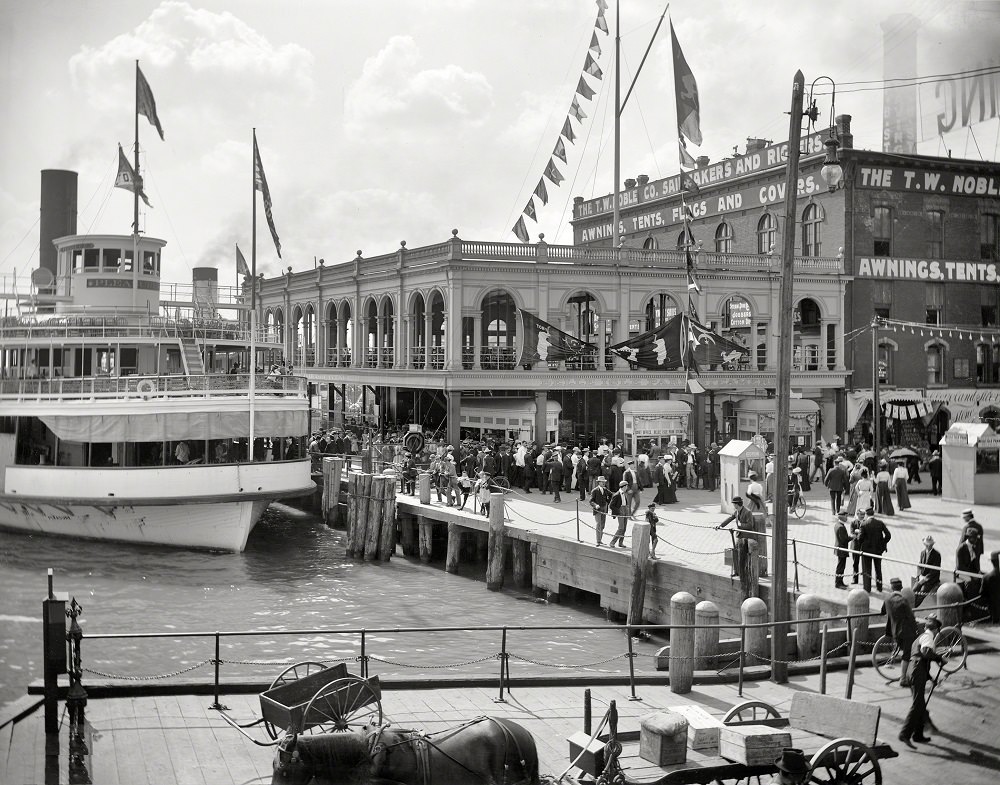
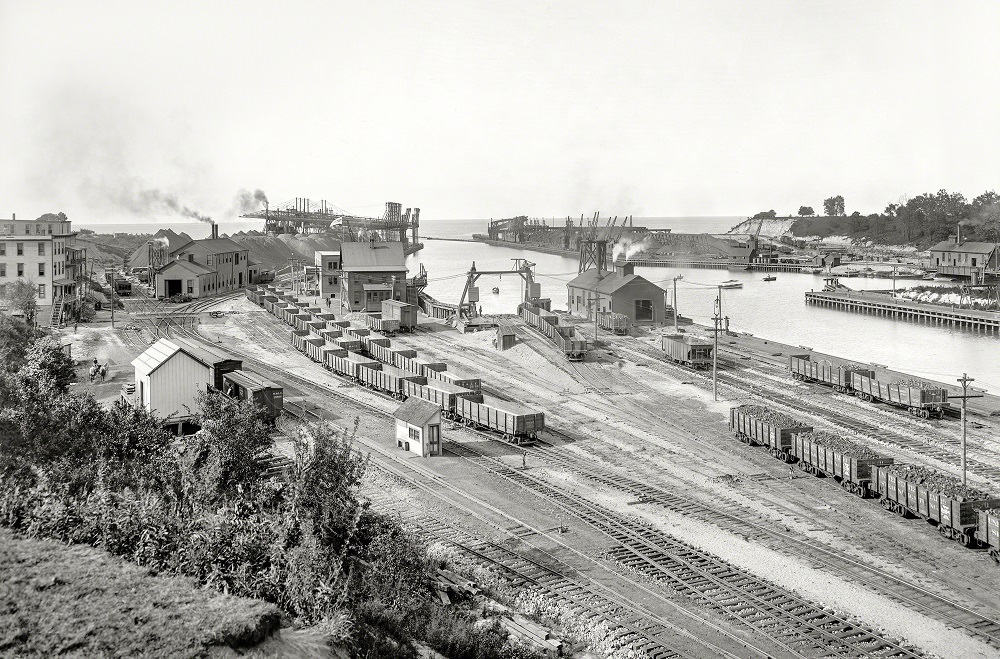
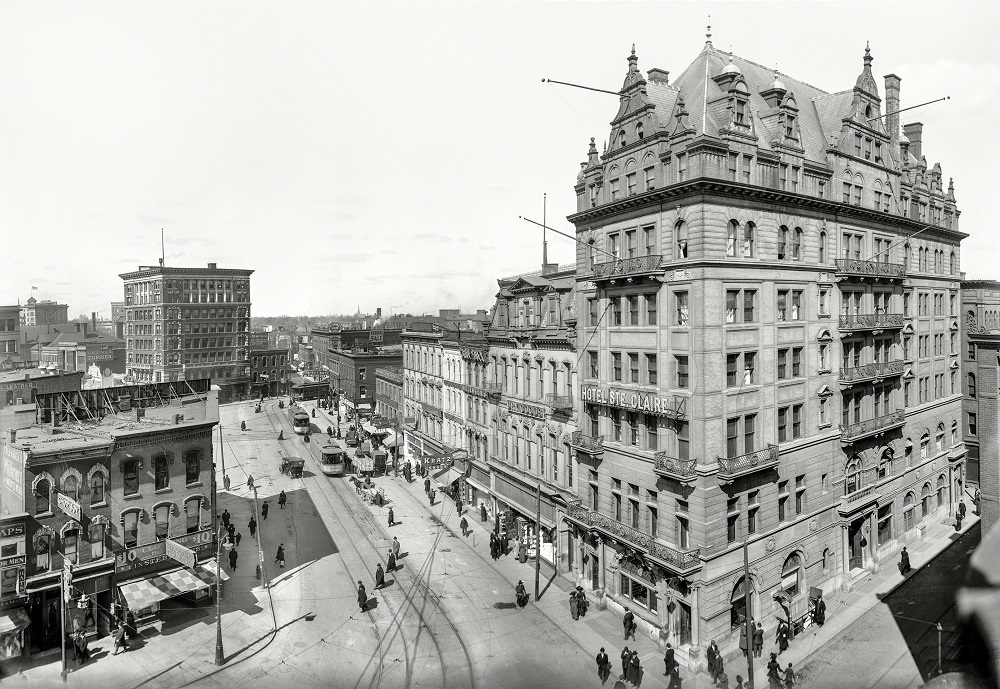
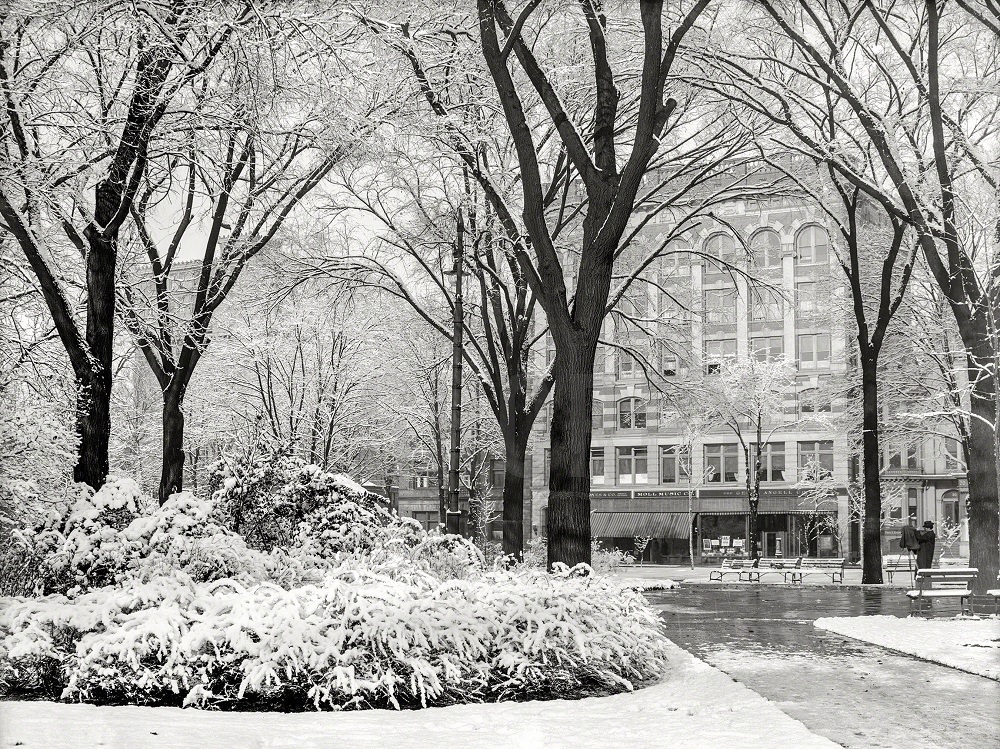
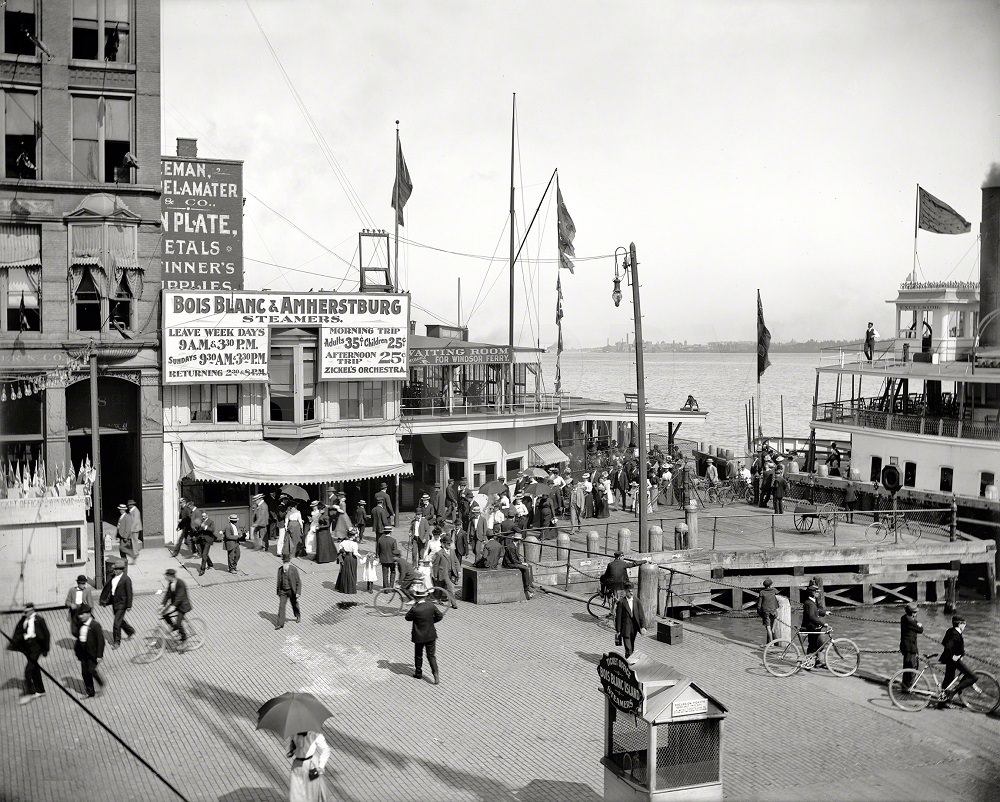
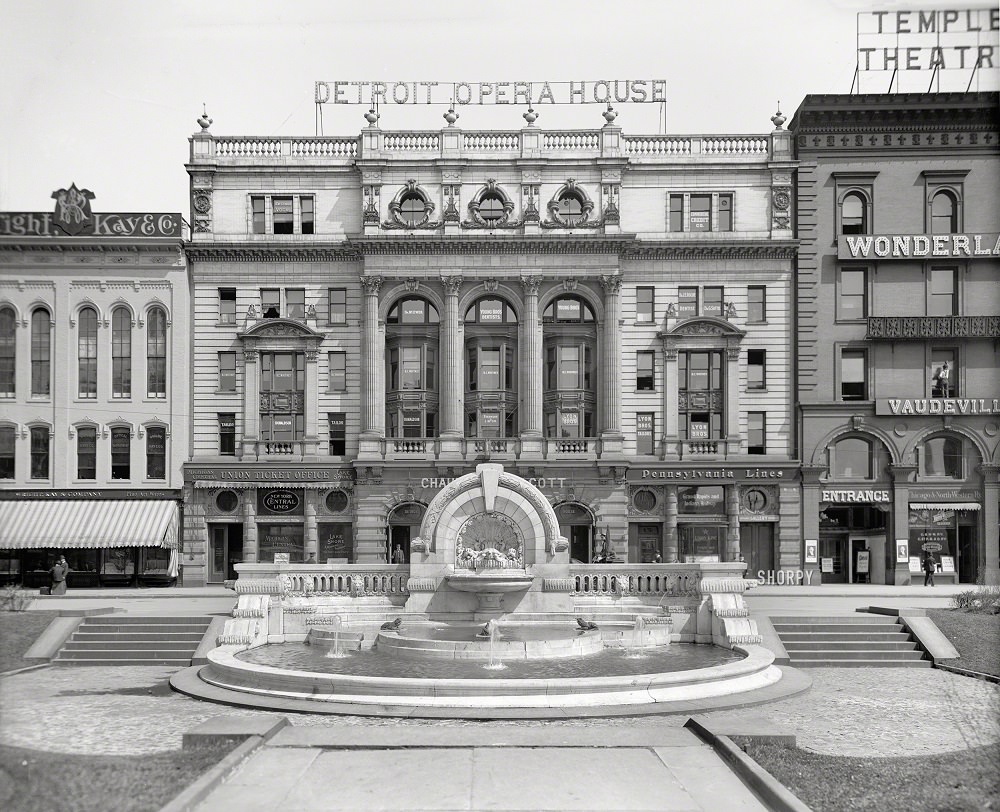
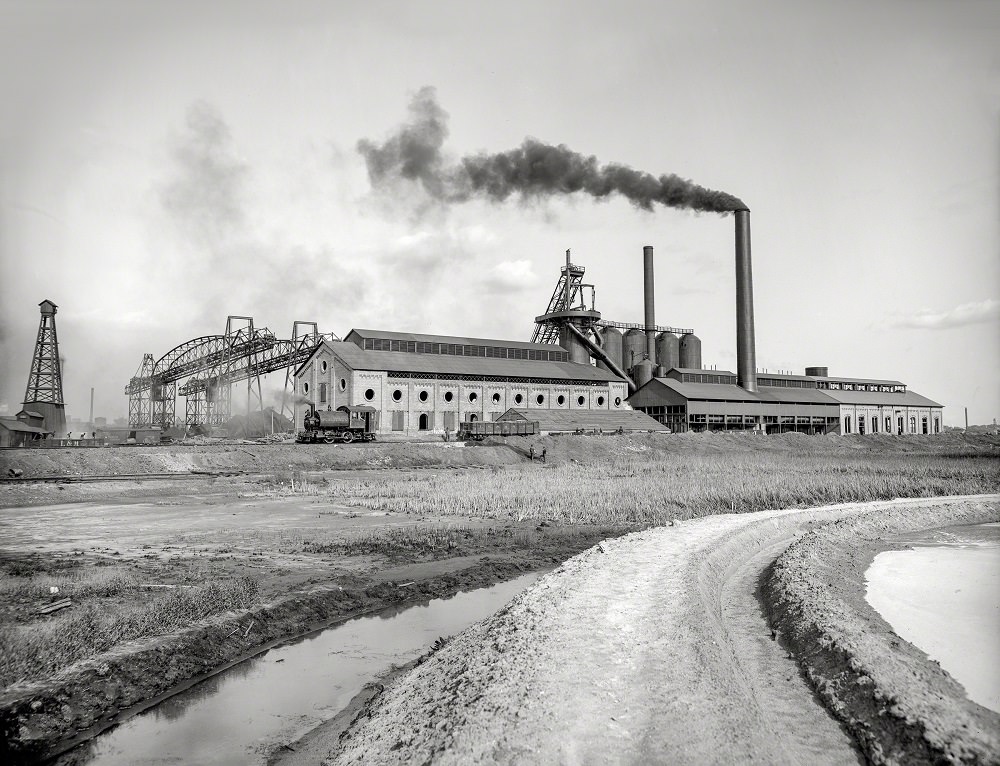
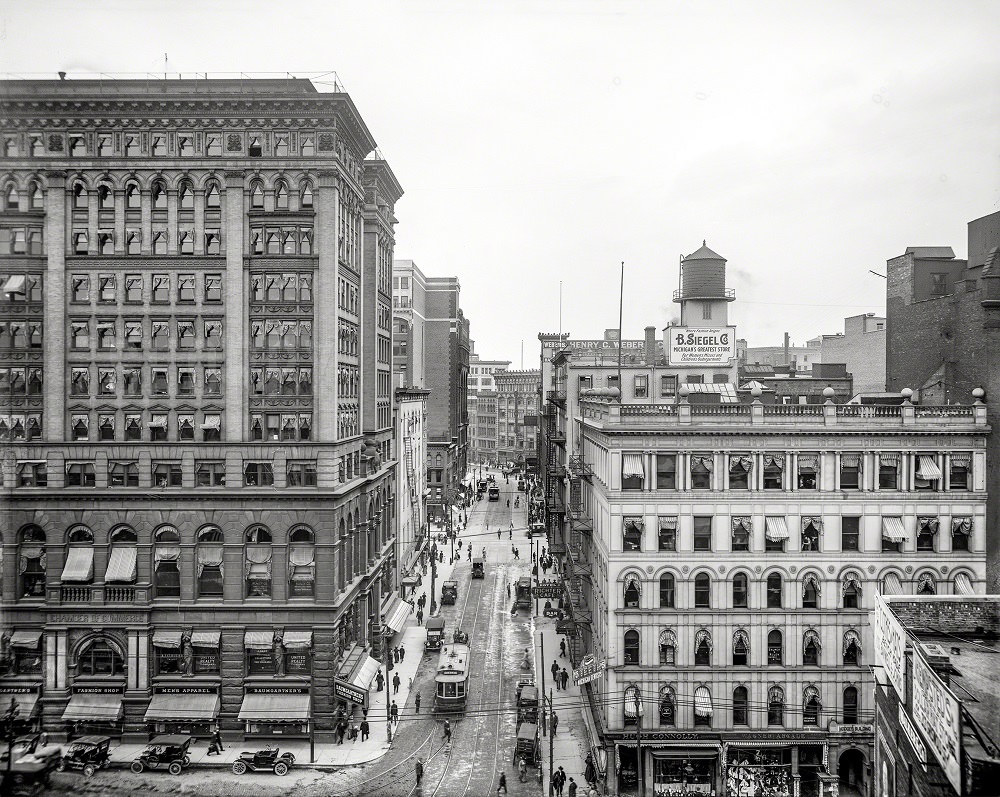
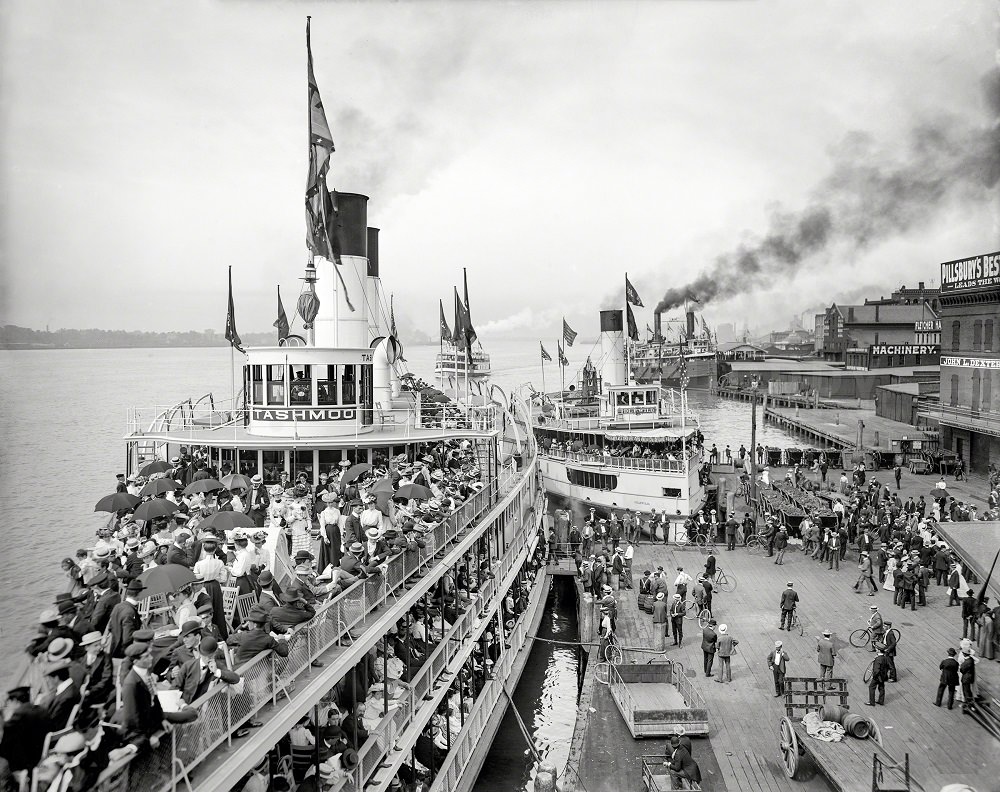
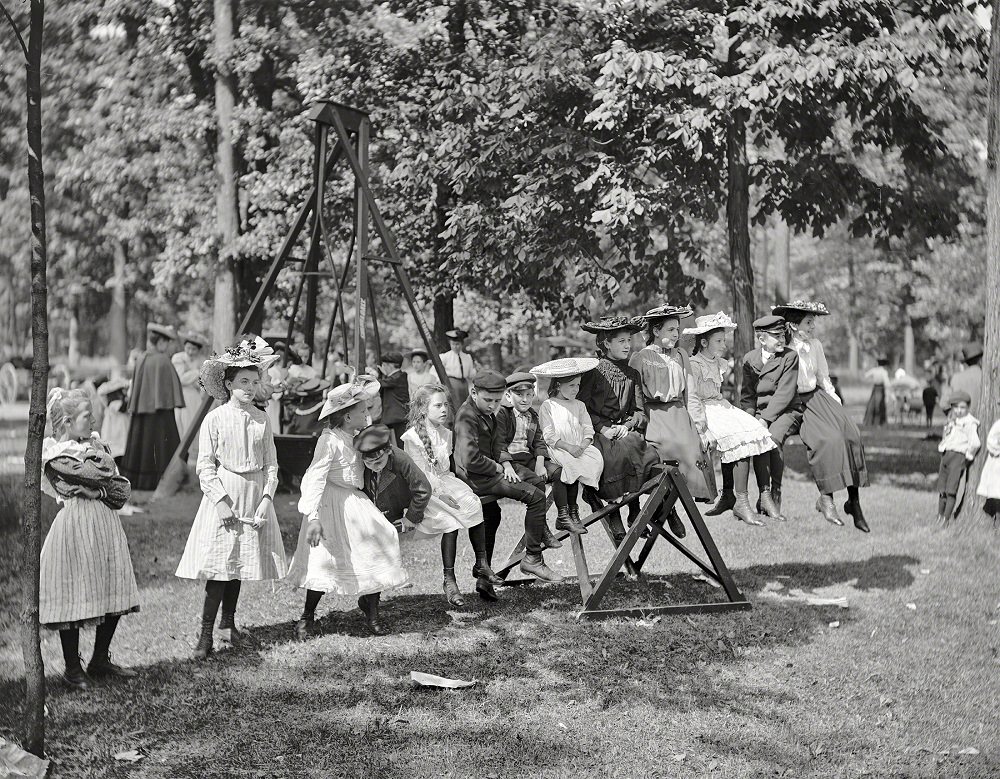
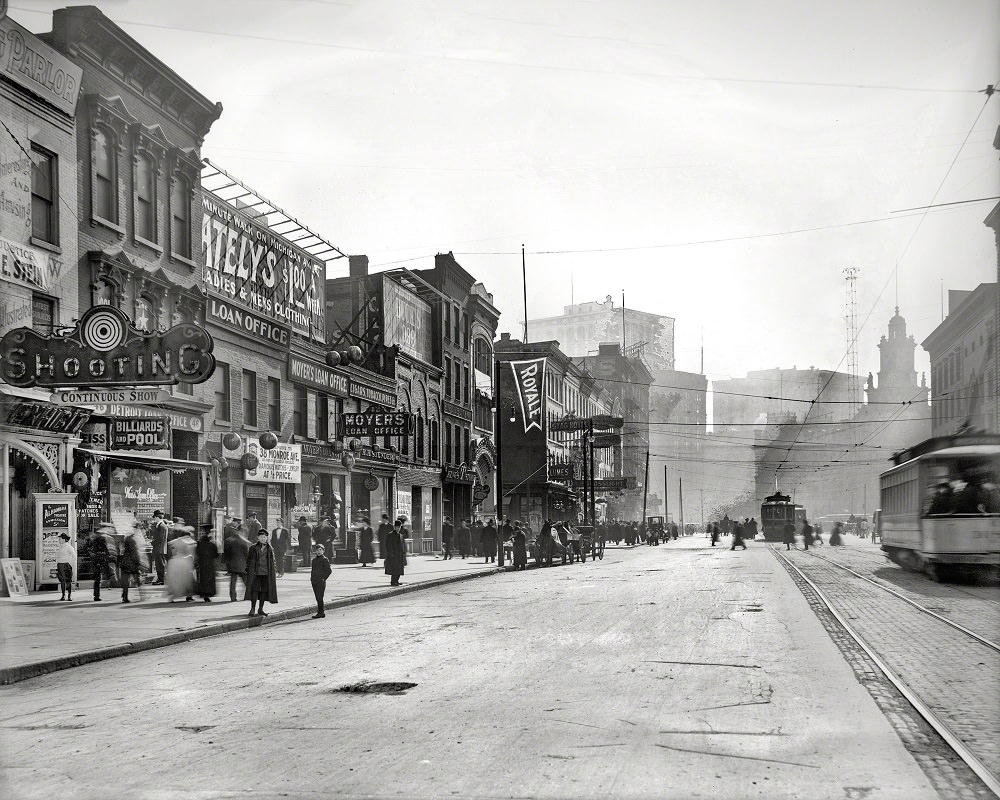
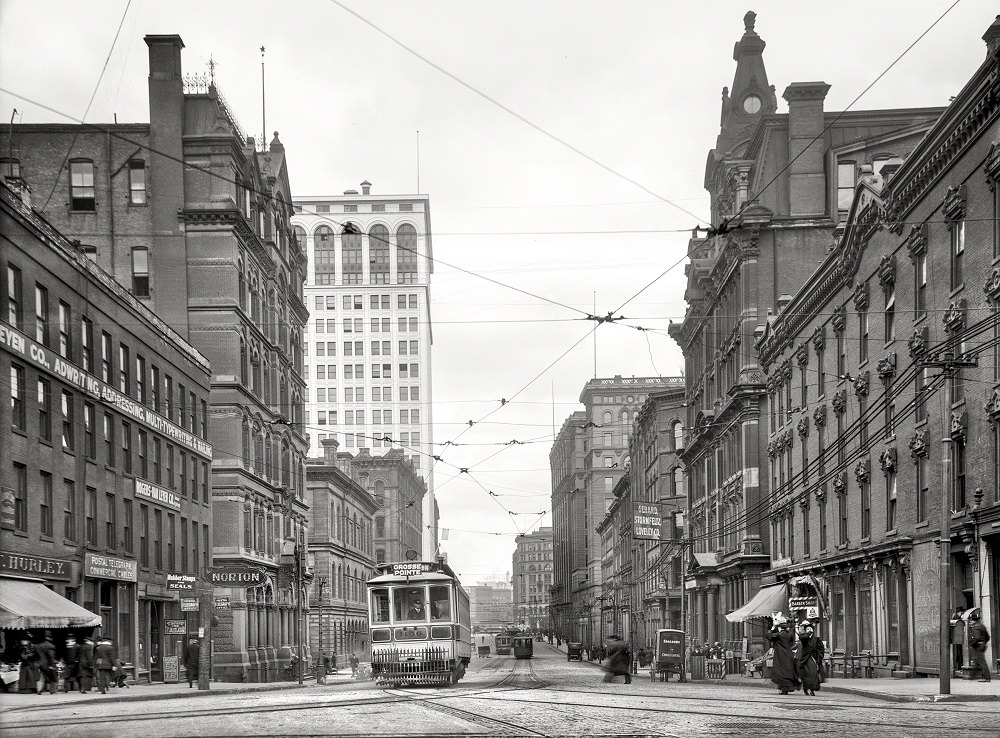
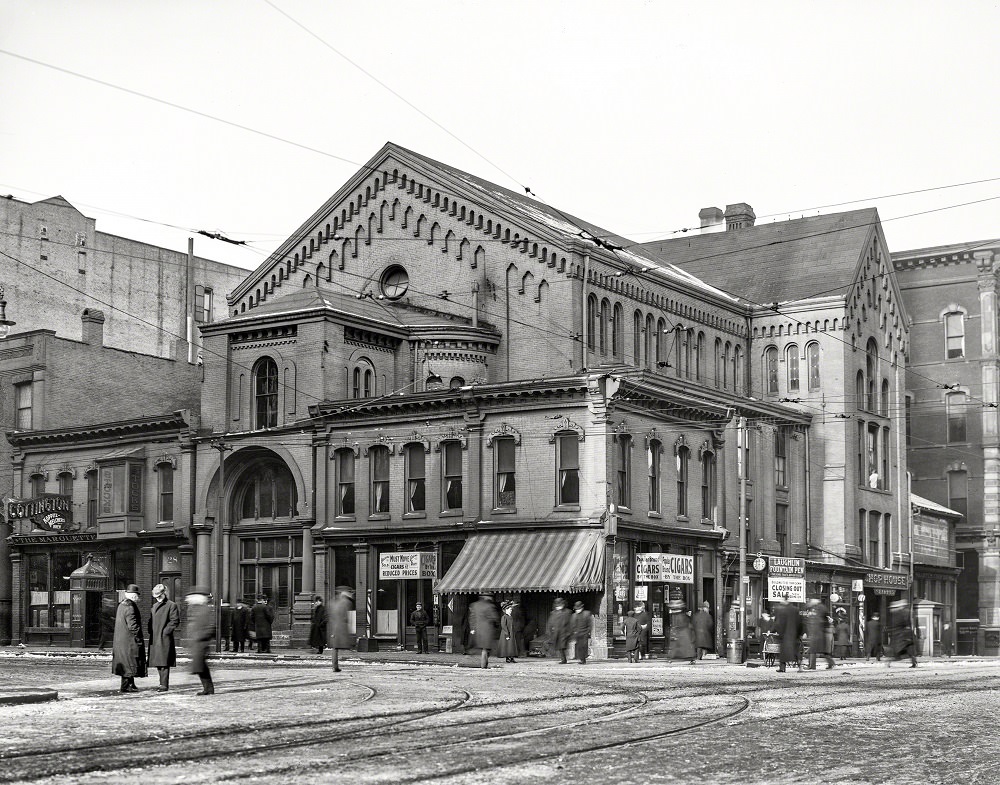
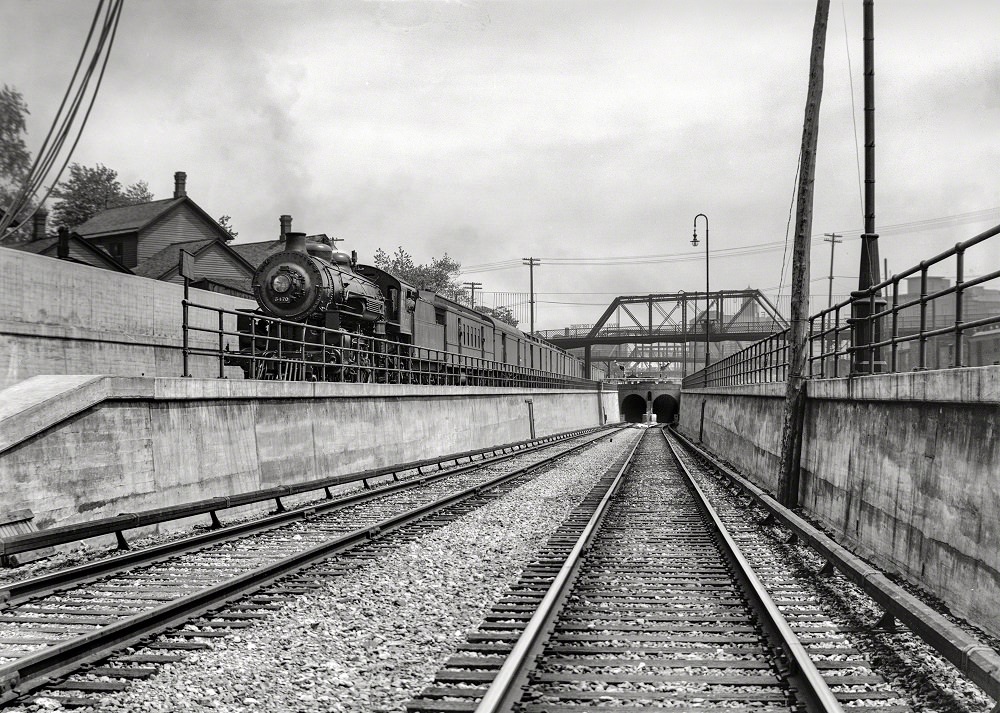
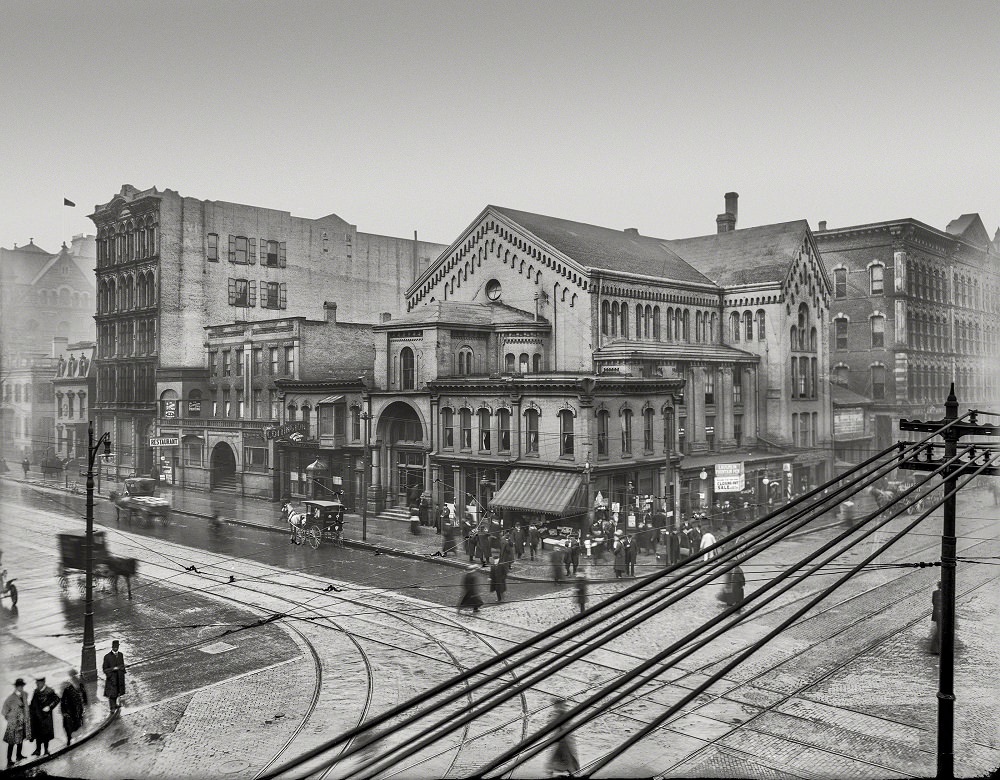

It was truly a magnificent city.
After experiencing record profits from military contracts, Ford and GM played a significant role in the construction of highways, which had a devastating impact on the state, country, and planet.
Ford and GM certainly played a role in the construction of highways. However, they were not solely responsible for the damage caused. In fact, there are many other environmental hazards such as phthalates, PBB, asbestos, formaldehyde, PFAS, pesticide chemicals, glyphosate, sewage in waterways, and PCBs that have also contributed significantly to the destruction of the environment.
Some might say that the world fair was responsible for some of the issues we’re facing today.
it’s true that corporate profits played a role in the construction of highways. But local housing policies were discriminatory, with suburban home loans being given exclusively to white families. As a result, many white suburbanites demanded easy access to other parts of the city, while simultaneously blocking out certain groups of people. Focusing solely on corporate profits ignores the systemic issues at play.
These photos are fantastic! I would be interested in seeing the “now” pictures as well.
I wish I could have lived during a time when things were simpler and more beautiful. If I had to choose, I would have loved to be in my 20s-40s during the 70s-90s.
The past was a great time to live if you were a white, Christian, Anglo-Saxon, male and wealthy. However, if you were poor, illiterate, non-Christian, Italian, Polish or Black, you would have had a difficult time. There was virtually no social safety net, except for some benevolent societies or extended families. Sanitation was in its early stages, and there was little regulation around food purity. Additionally, the coal smoke was suffocating and caused a lot of pollution.
Much simpler back in the 1900s when America was great for you and me brother
If you were lucky enough to avoid illness, military conscription, and discrimination based on your race, sexual orientation, gender, or financial status, life in the early 1900s may have seemed relatively simple and enjoyable. However, for many people, those challenges were very real and made life extremely difficult.
Yeah the 1920’s was shit. I wouldn’t want to be born before where I am now, which is 2001.
What exactly made the 1900s so great?
One thing that catches my attention when looking at these photos is the significant number of women who appear to be out and about without male escorts.
Detroit has had a tumultuous history with its mayors, with many criticized for mismanaging the city’s resources and leading to ongoing issues still faced today.
it is true that Detroit has had its share of problems with corrupt politicians and mismanagement over the years, it would be unfair to say that all of its mayors have been bad. Some mayors, such as Hazen S. Pingree, were known for their progressive policies and efforts to improve conditions for working-class residents. Other mayors, such as Coleman A. Young, faced criticism for their handling of issues such as crime and economic development, but were also praised for their efforts to address racial inequality and support the city’s African American community.
These pictures date back to the pre-World War I or World War II era, and also predate the existence of any significant car companies. The large influx of people from the South, who came to work in the war plants, didn’t happen until the 1920s. Therefore, claims that Detroit was racist during this time are not accurate, since the race issues had not yet arisen. The early workers in the factories were mostly European immigrants.